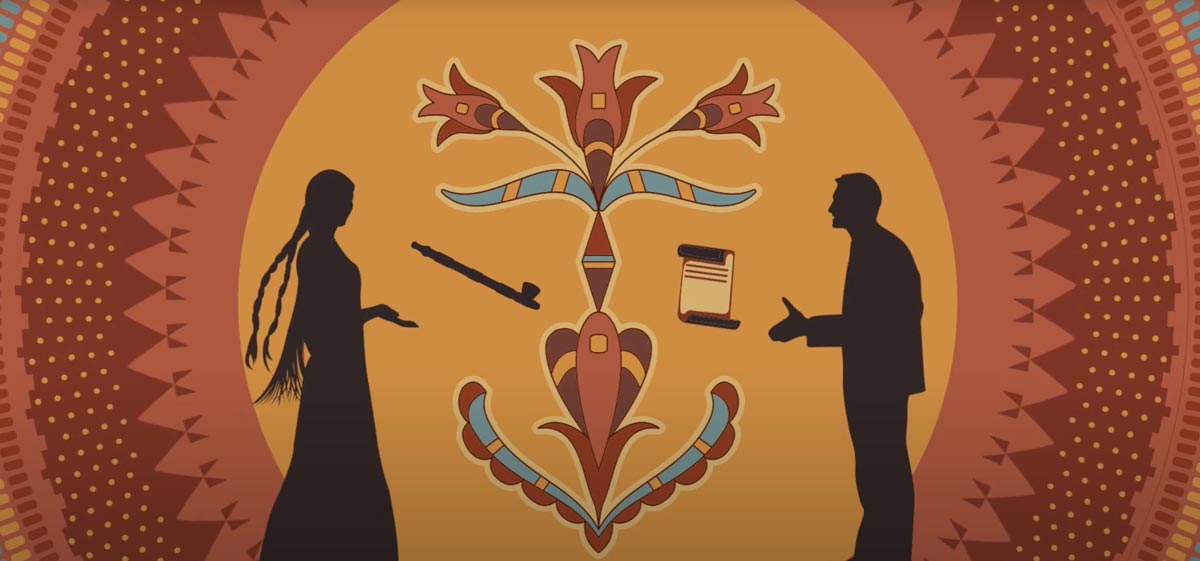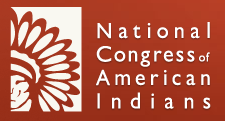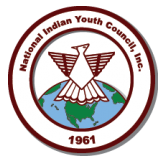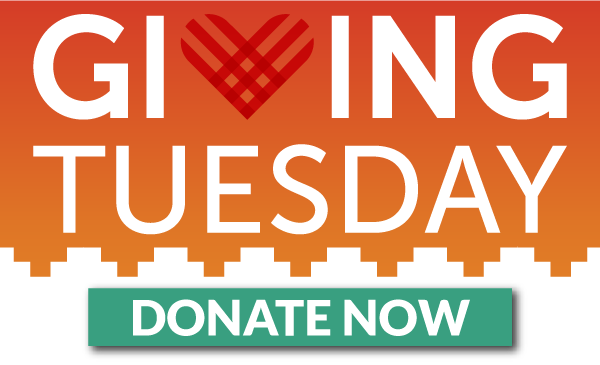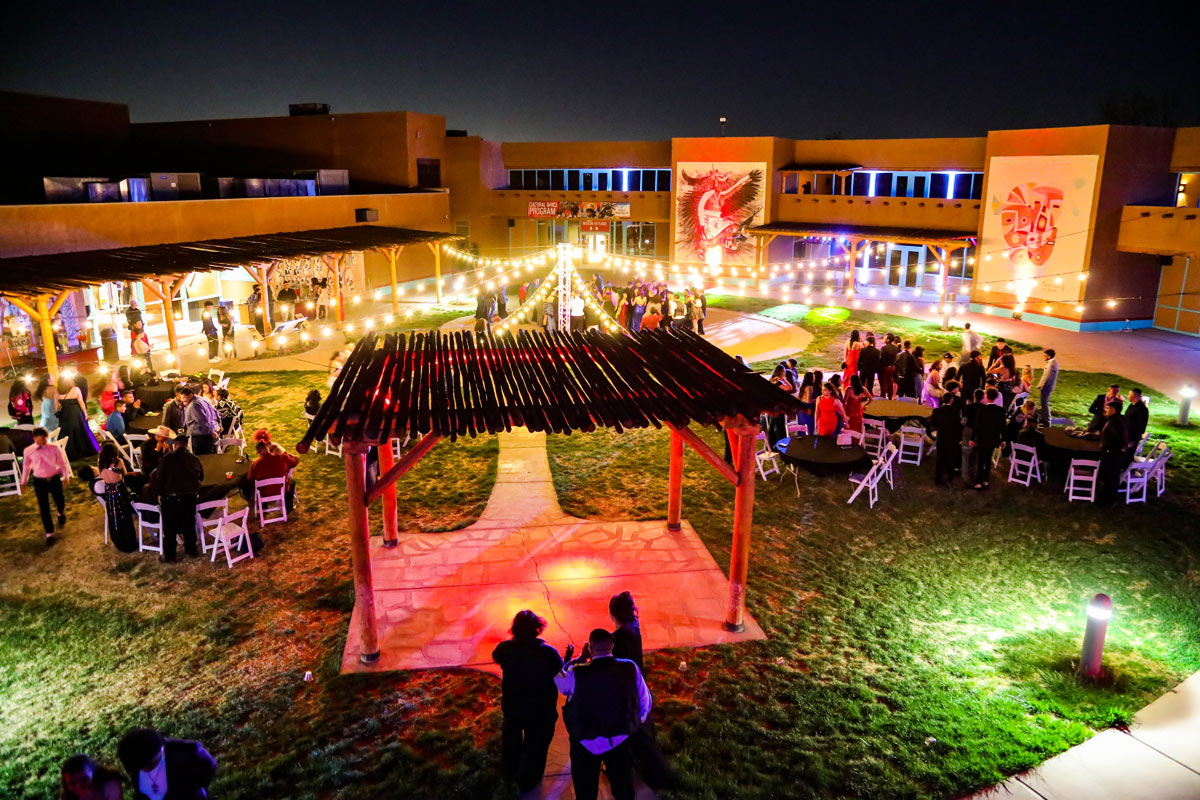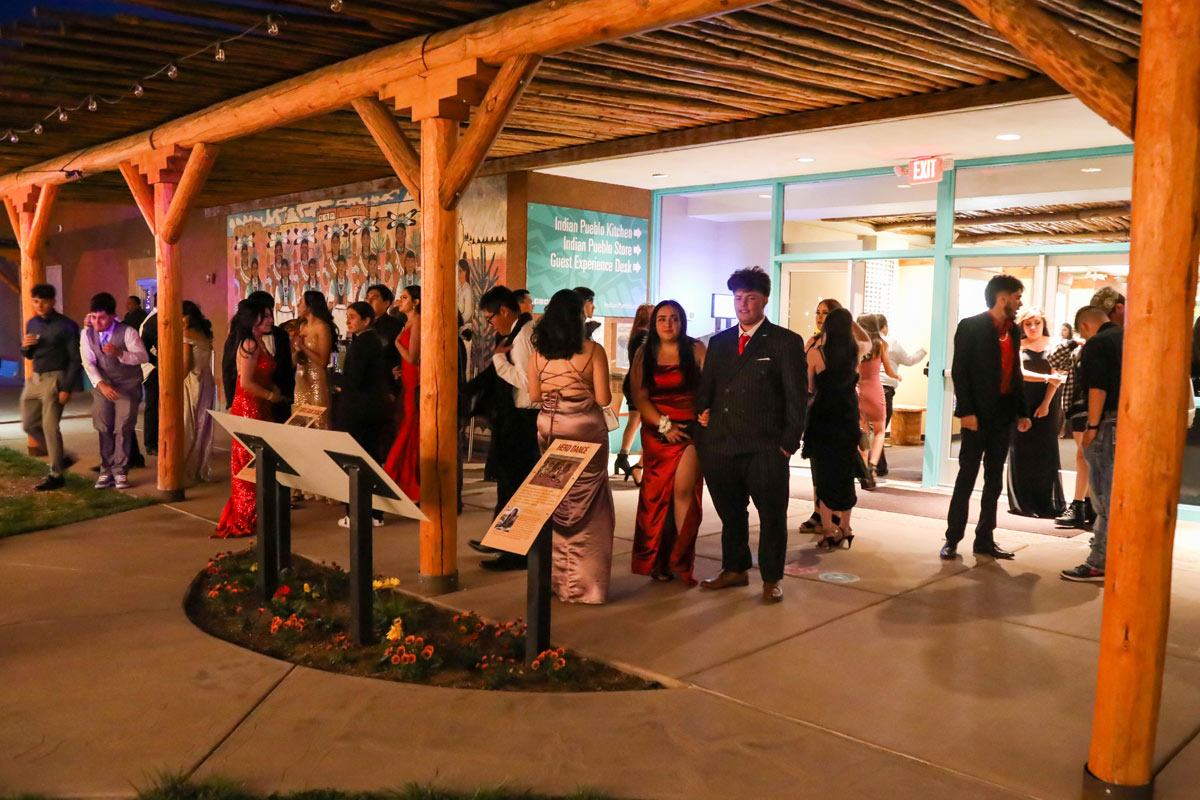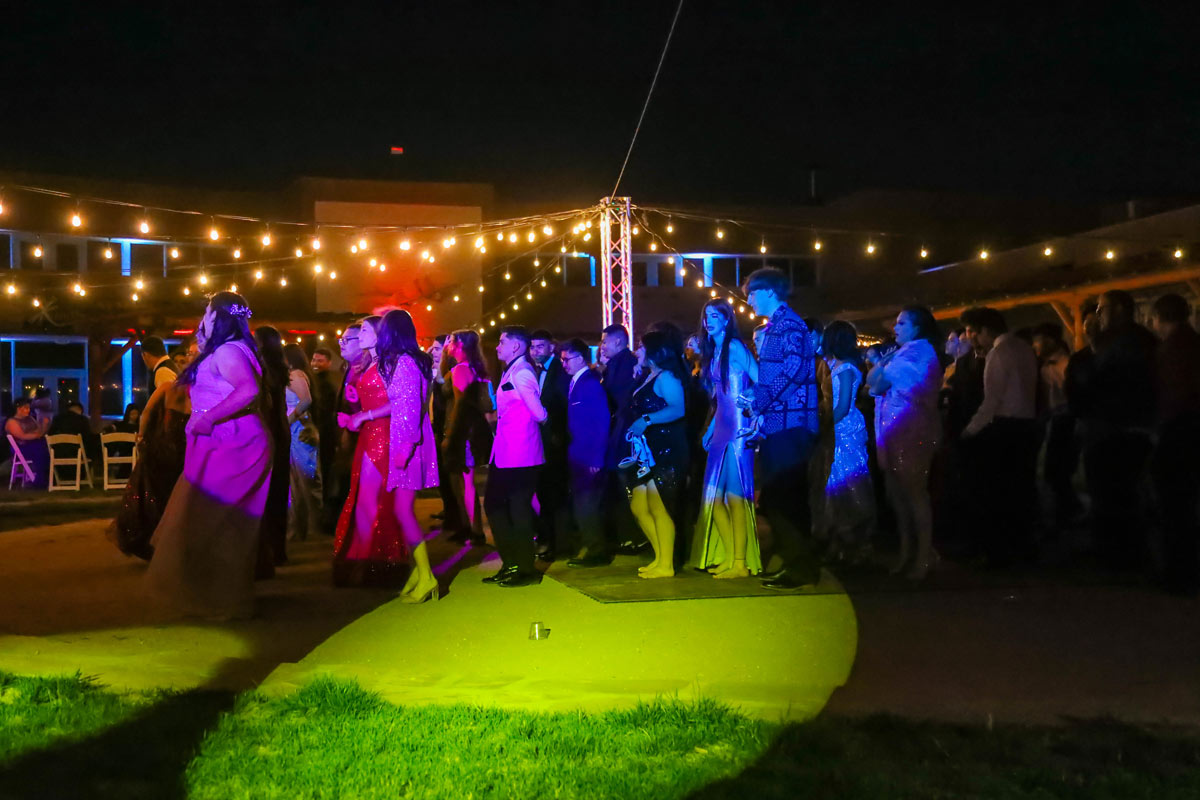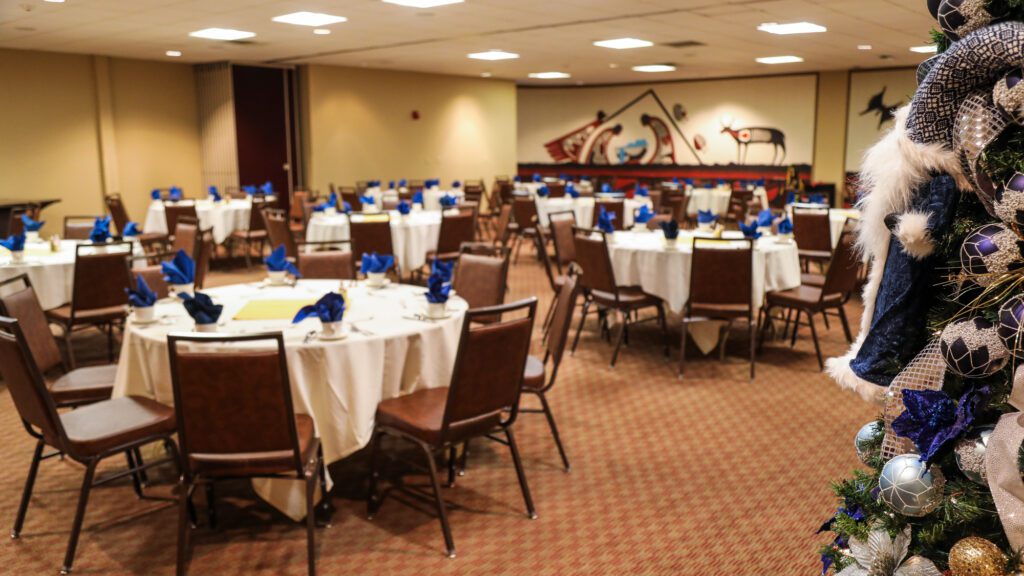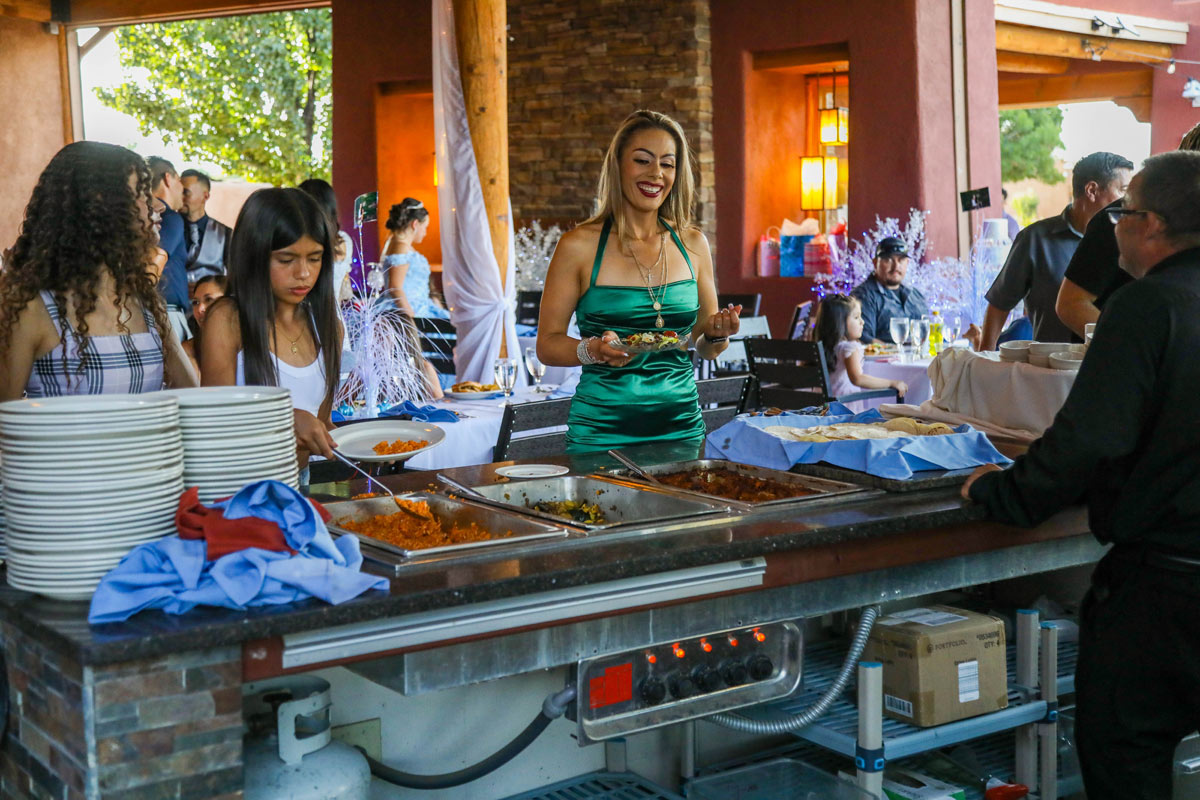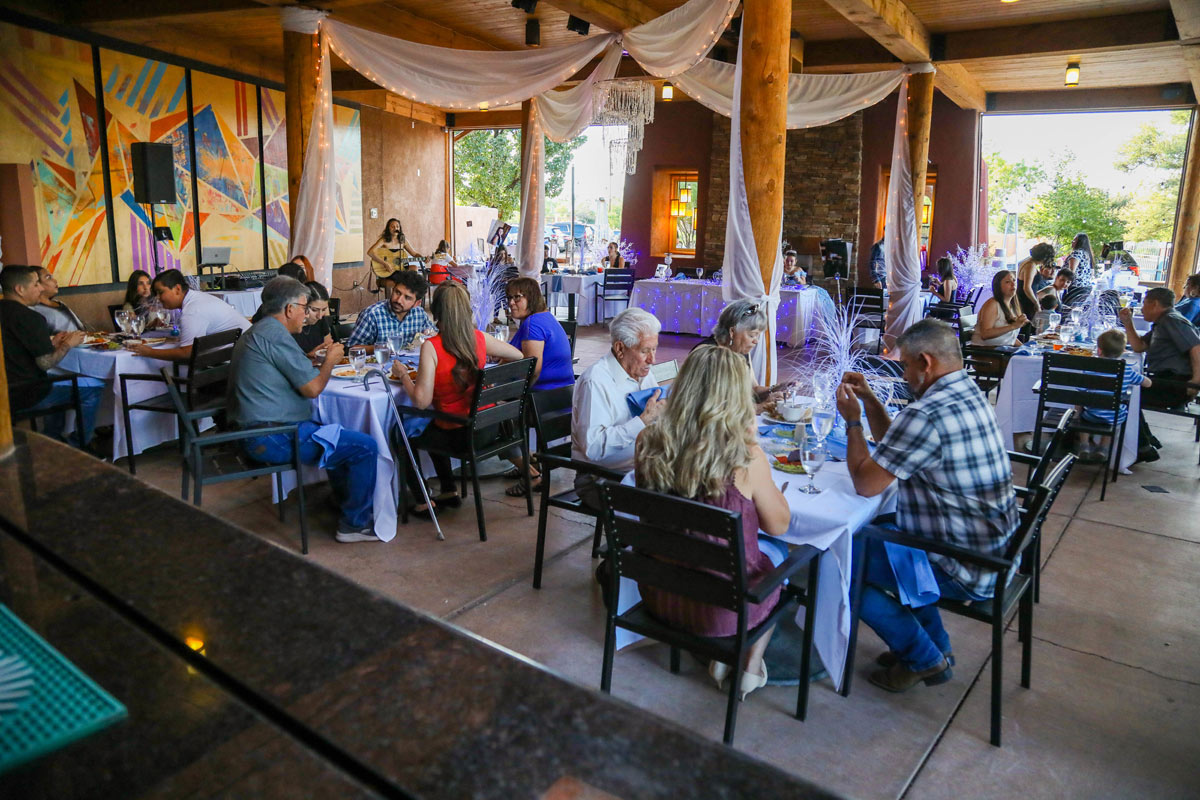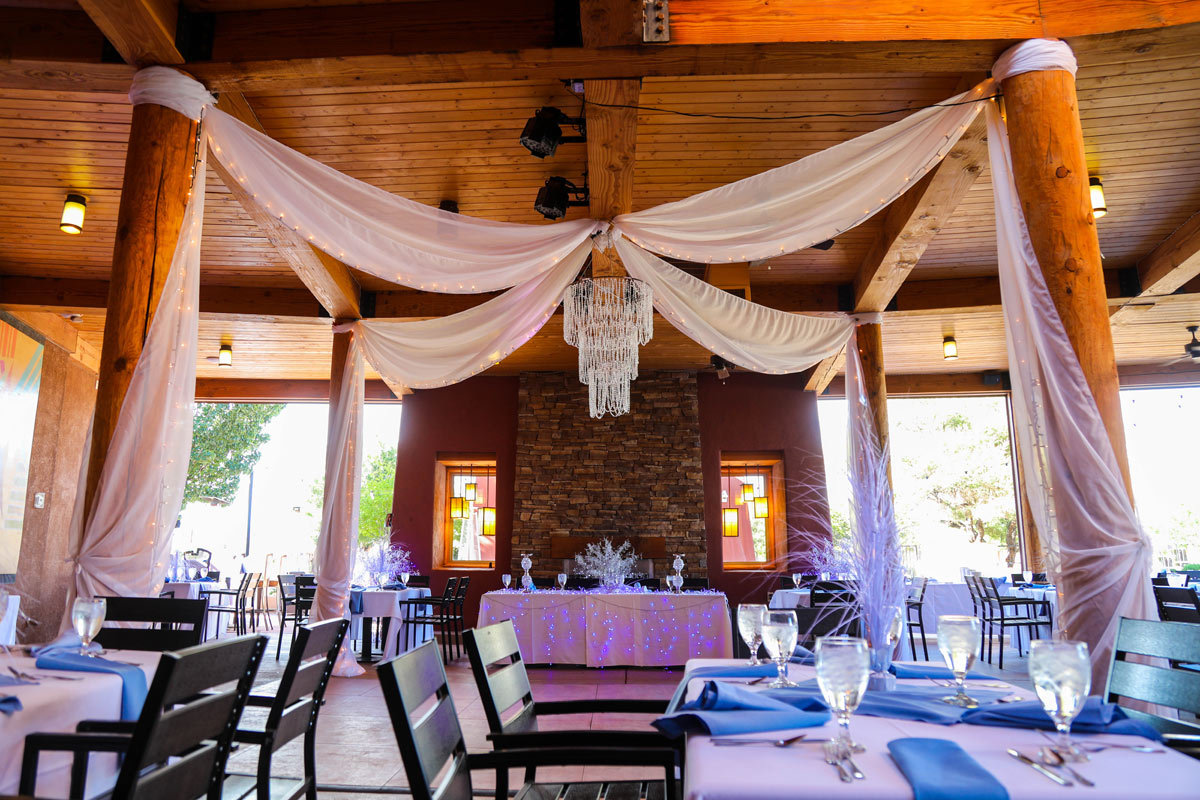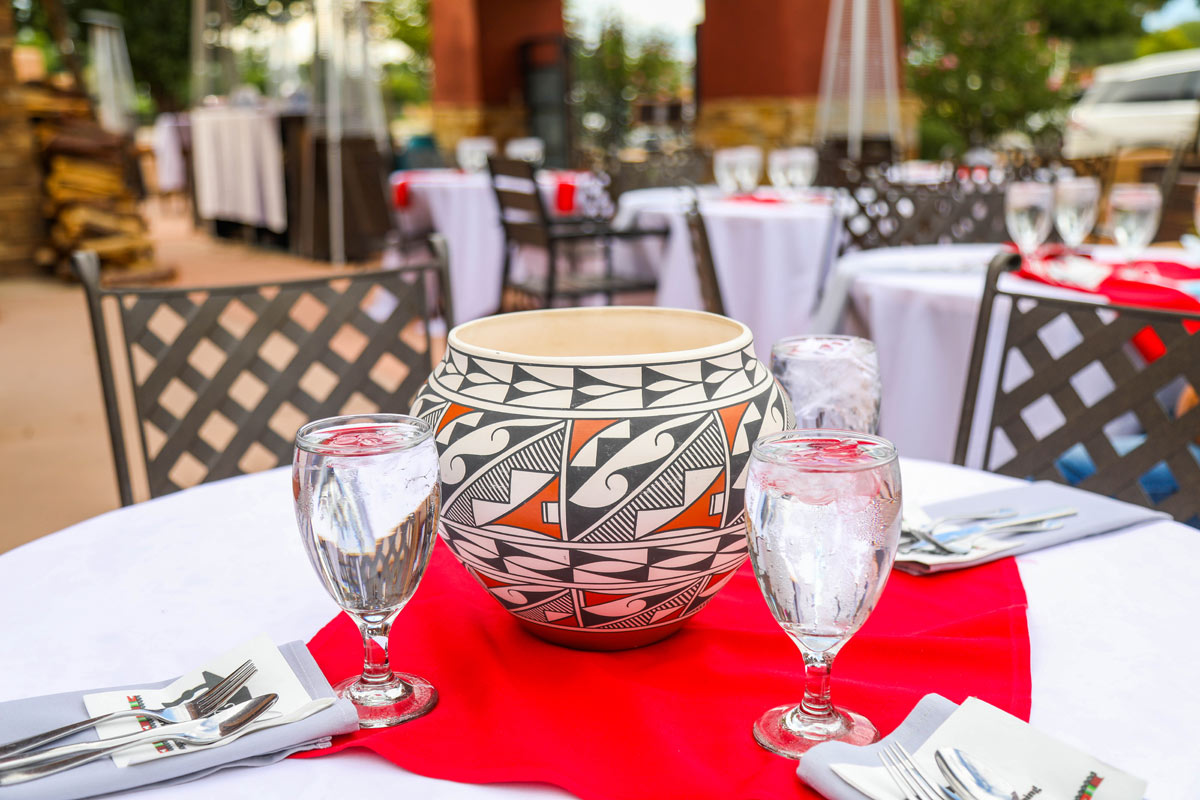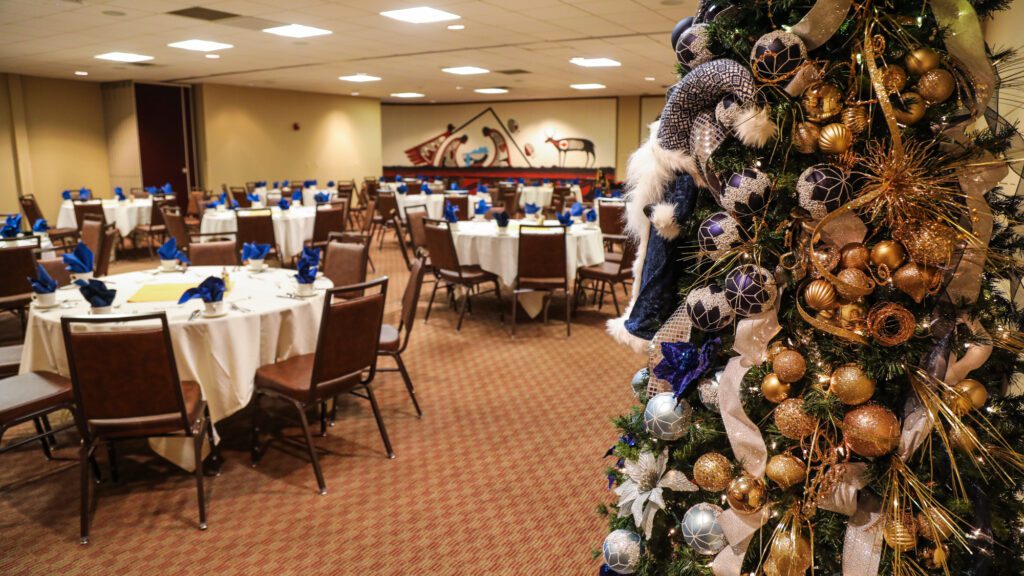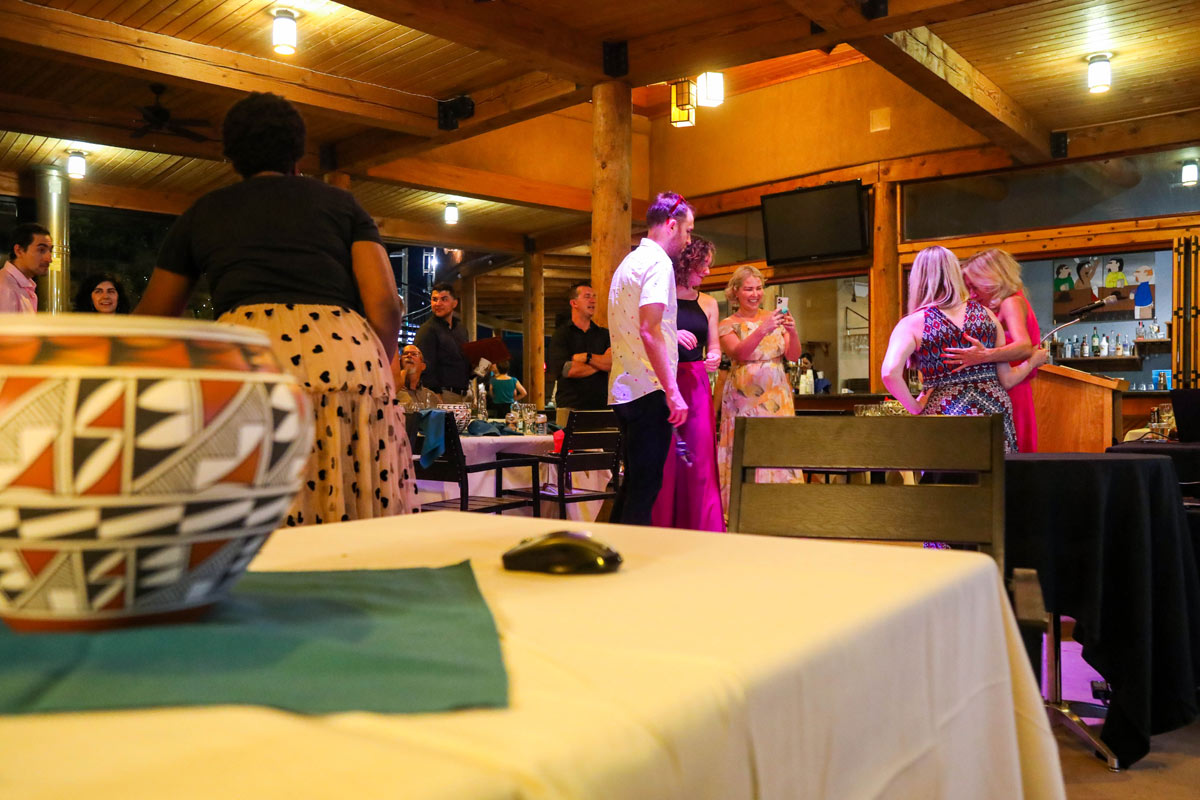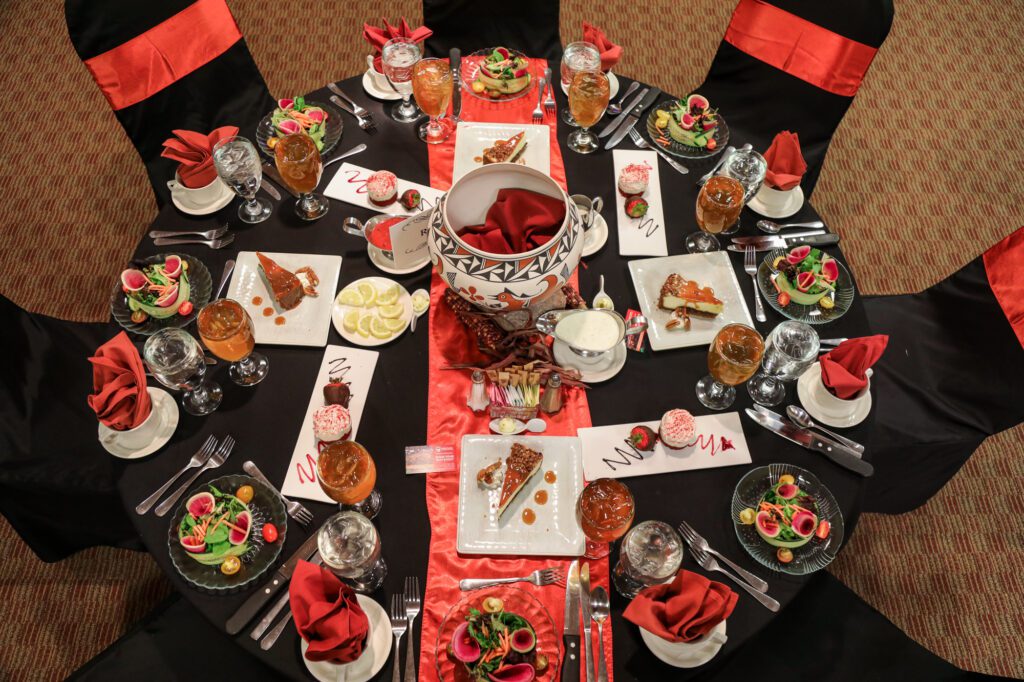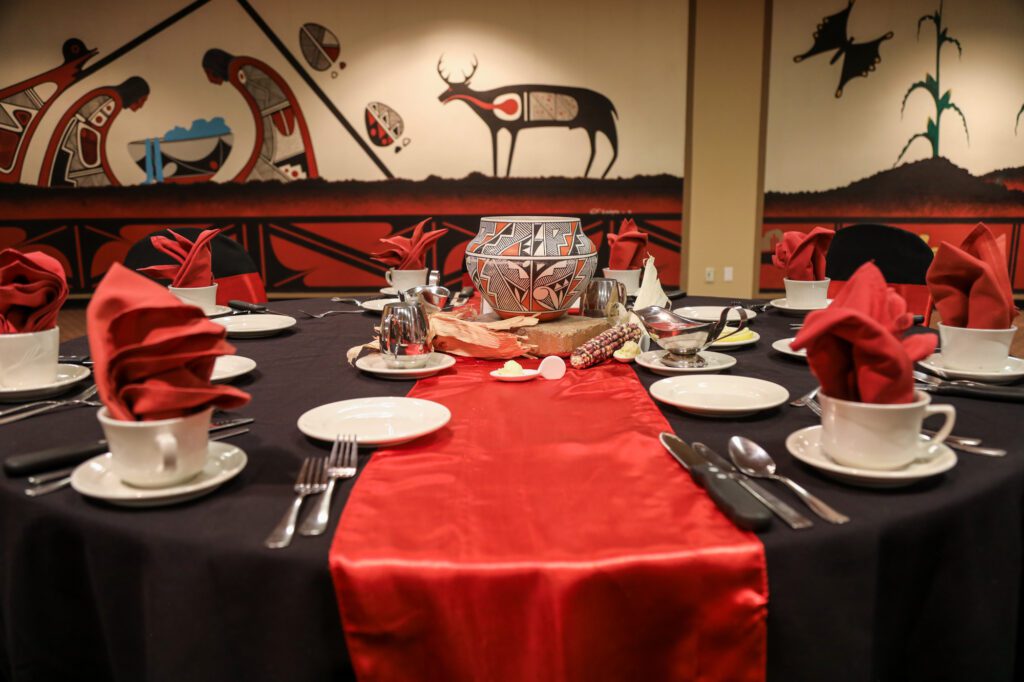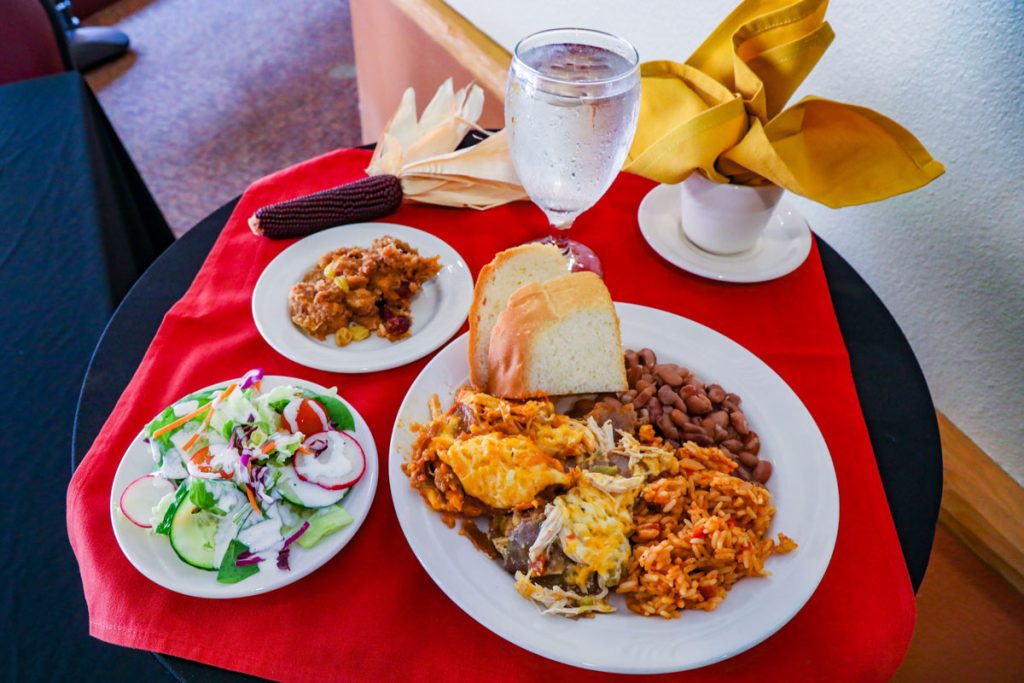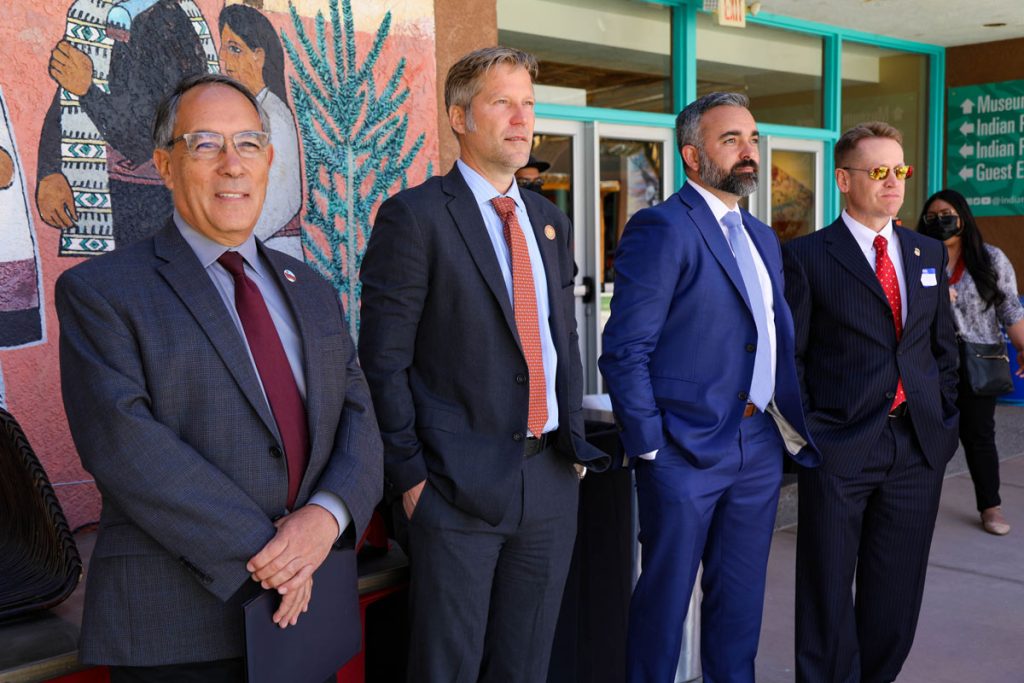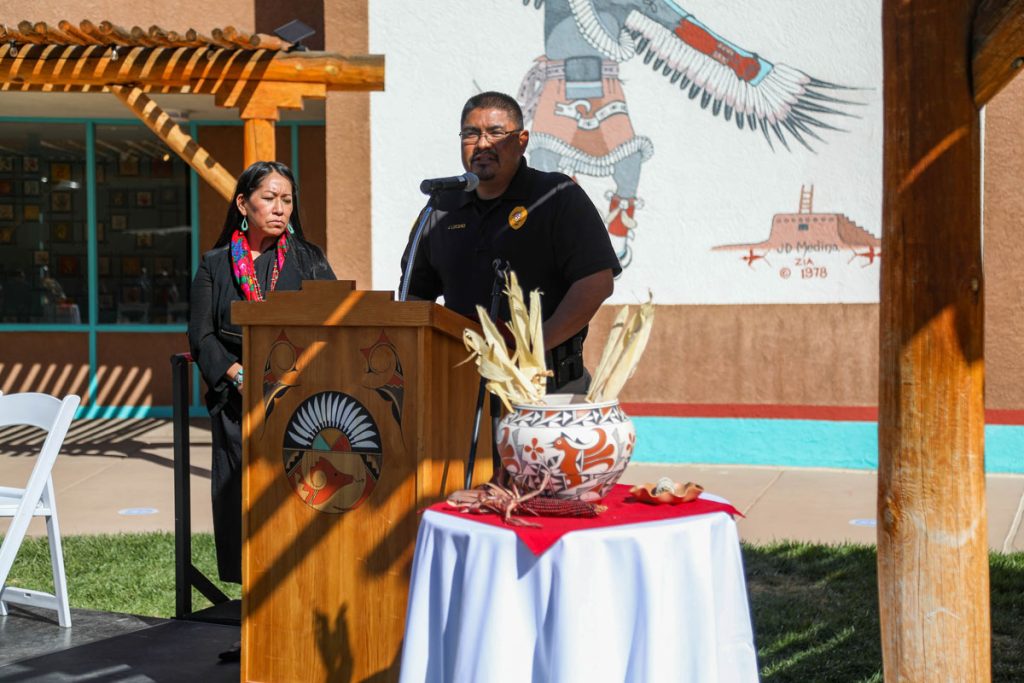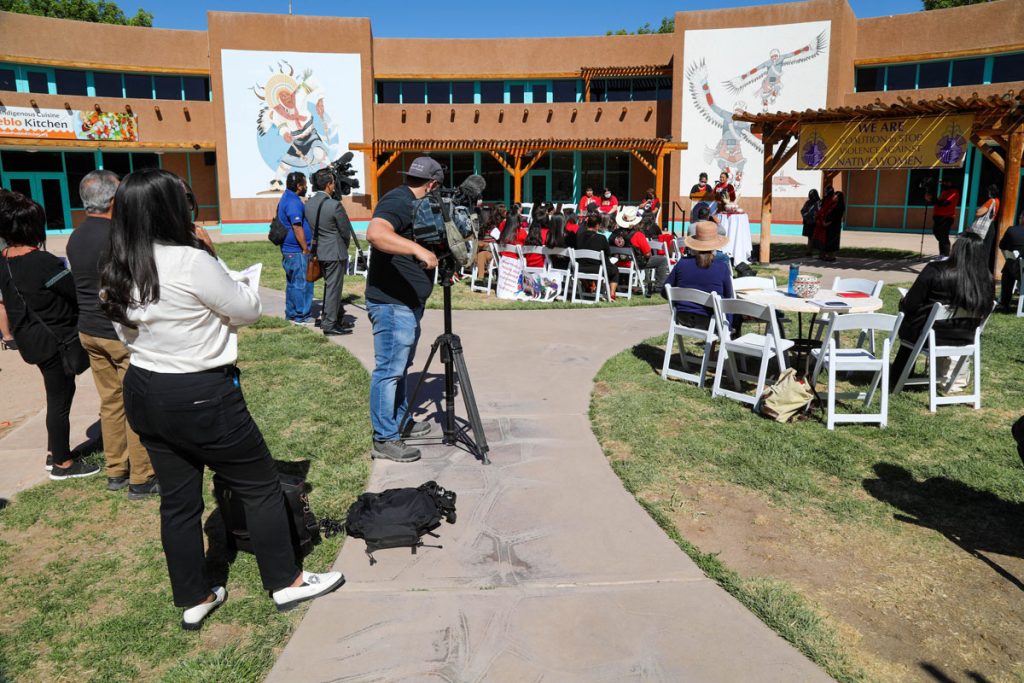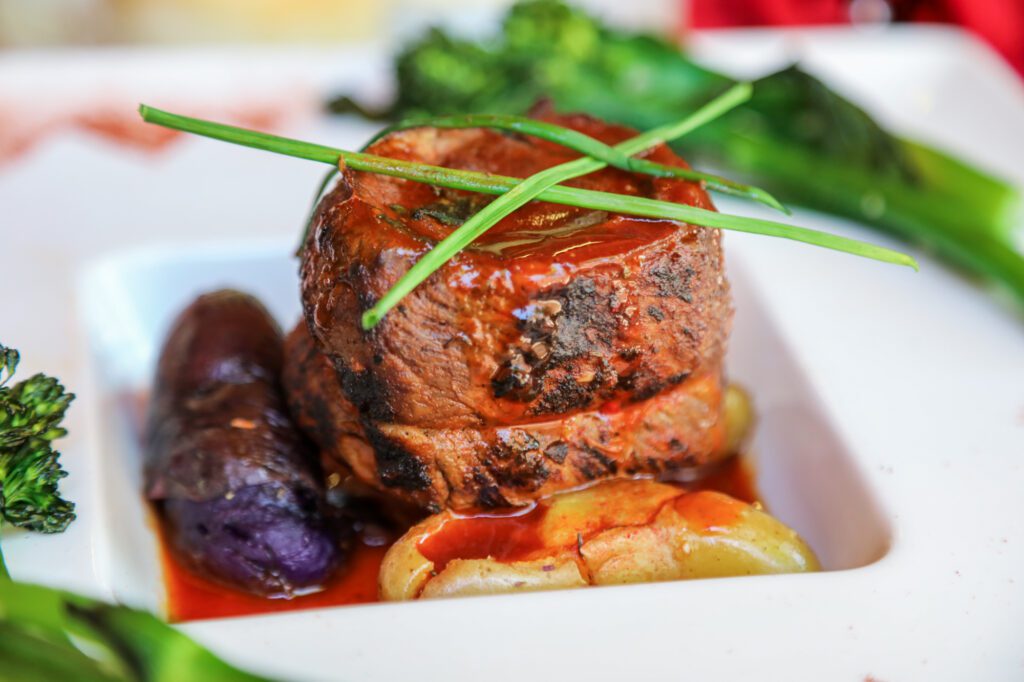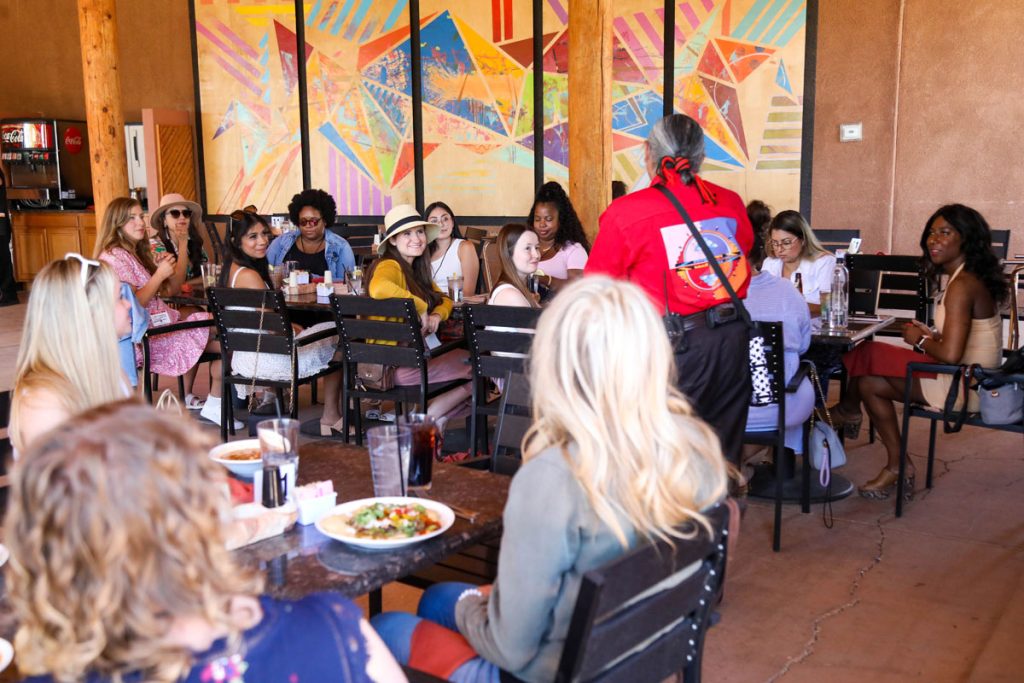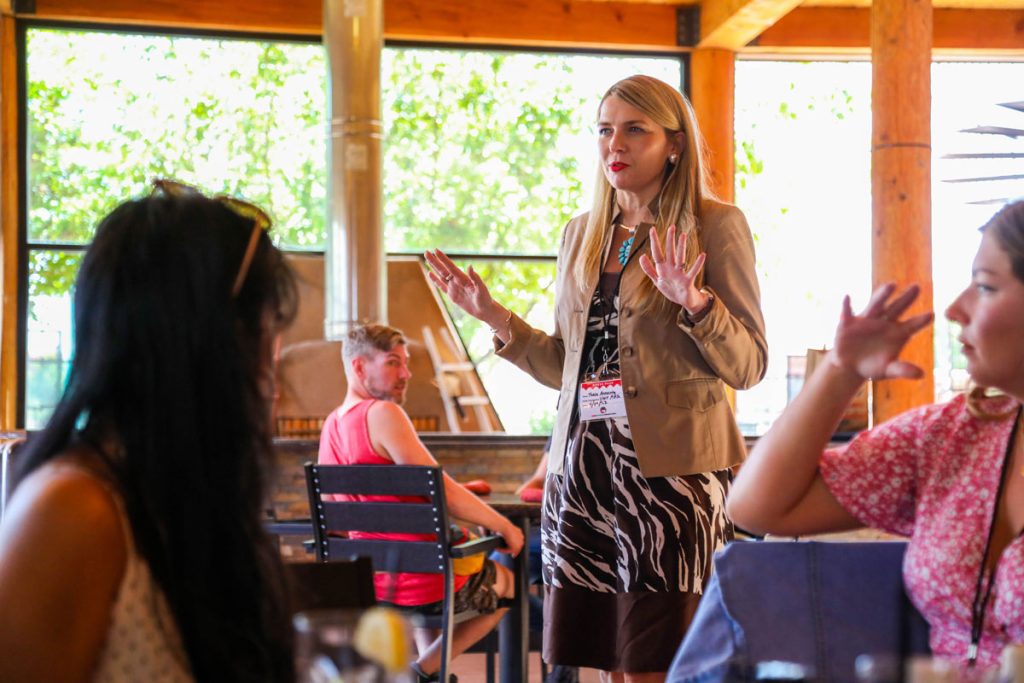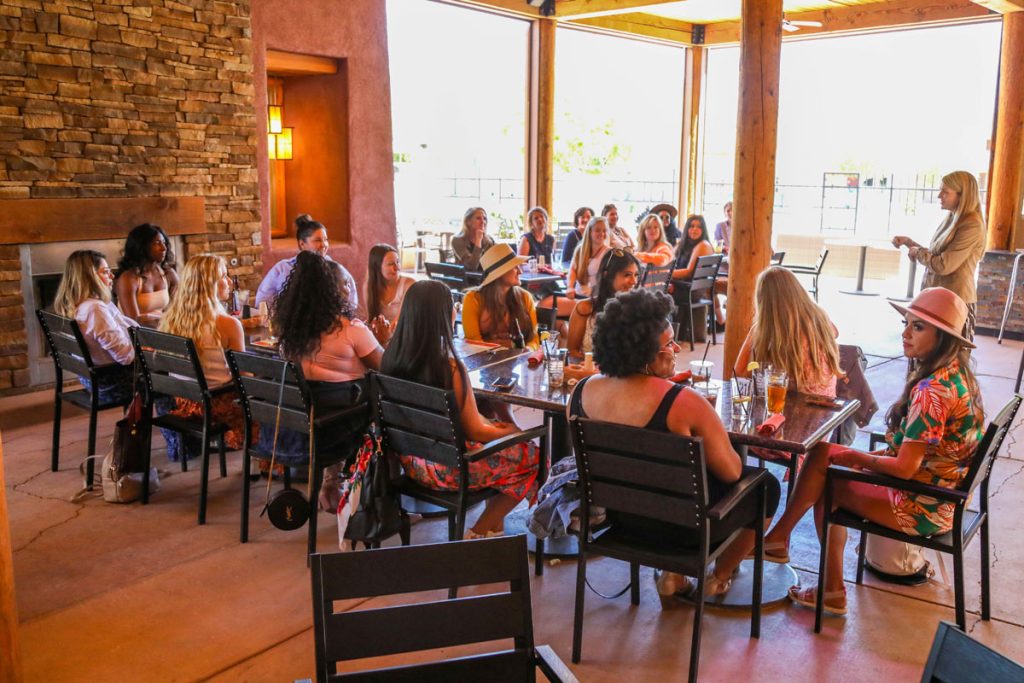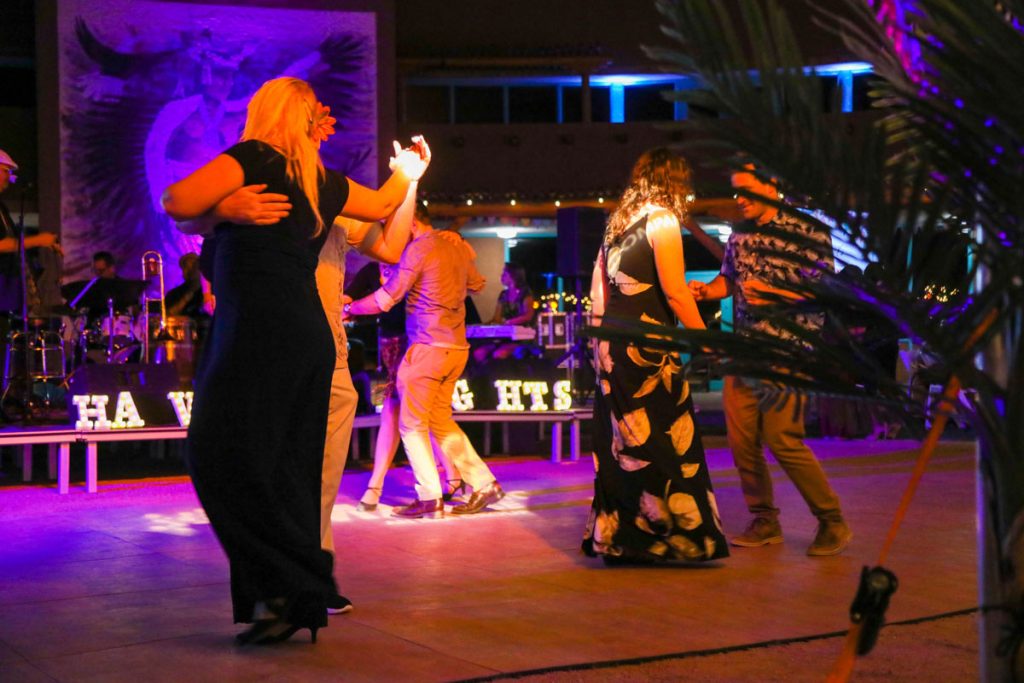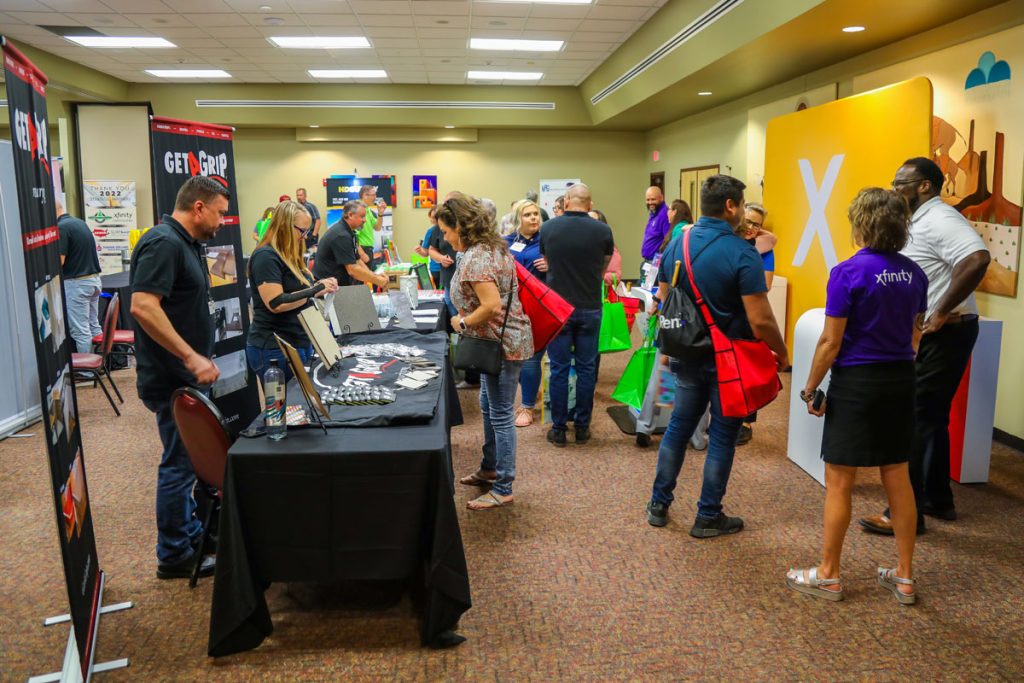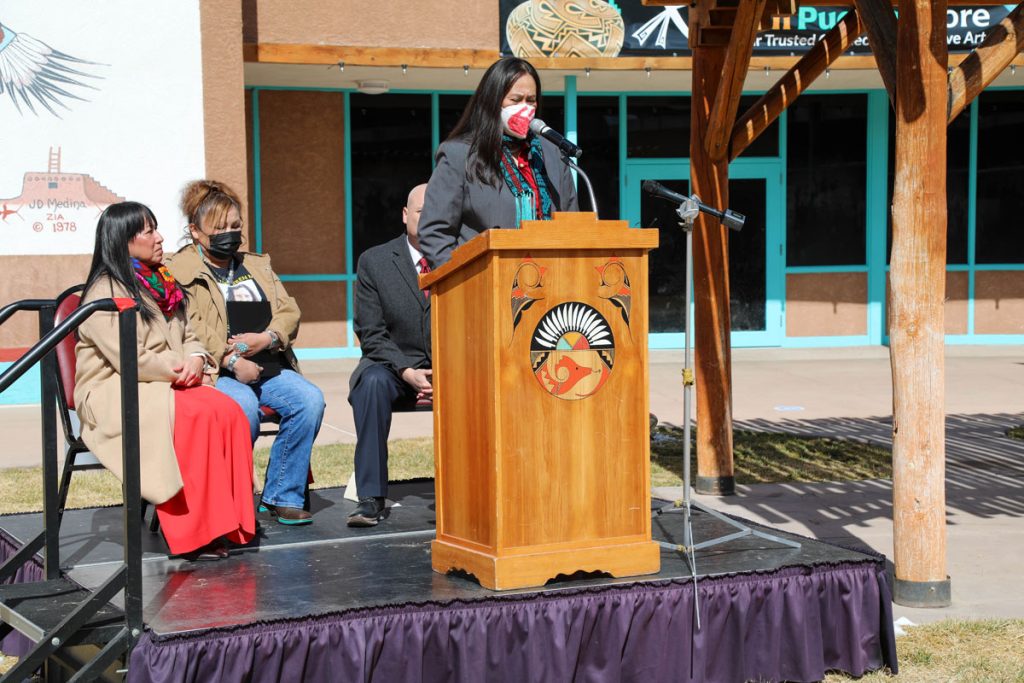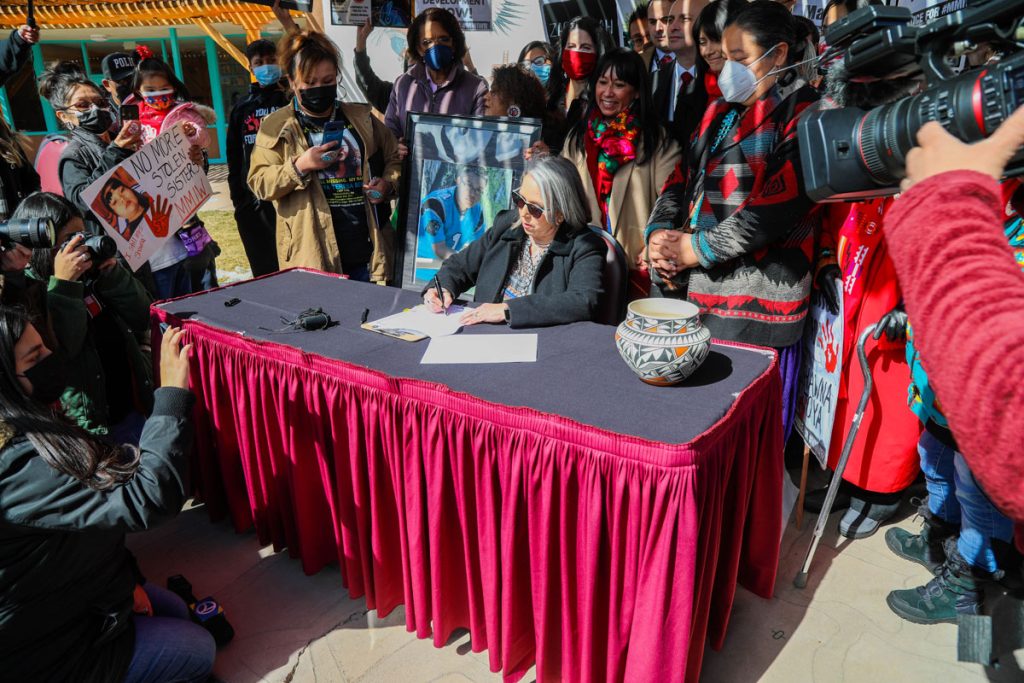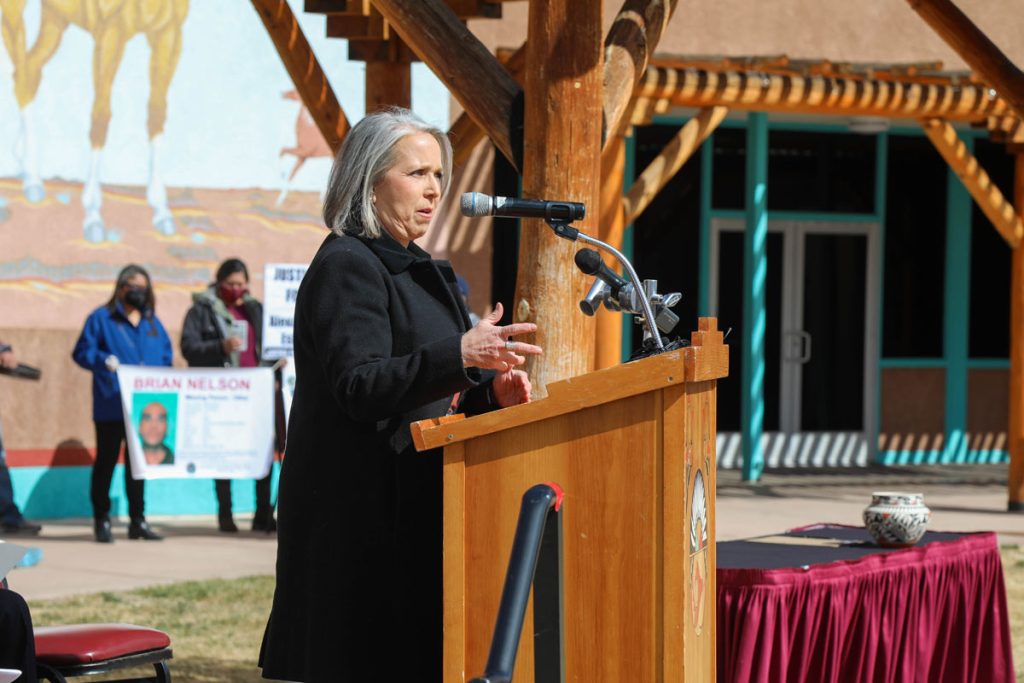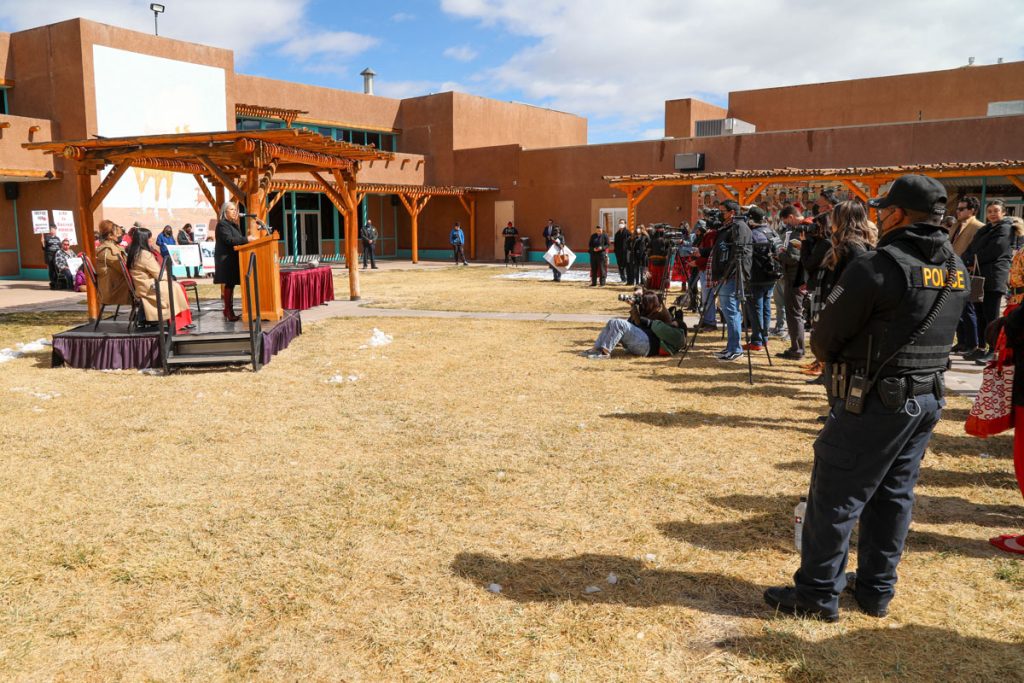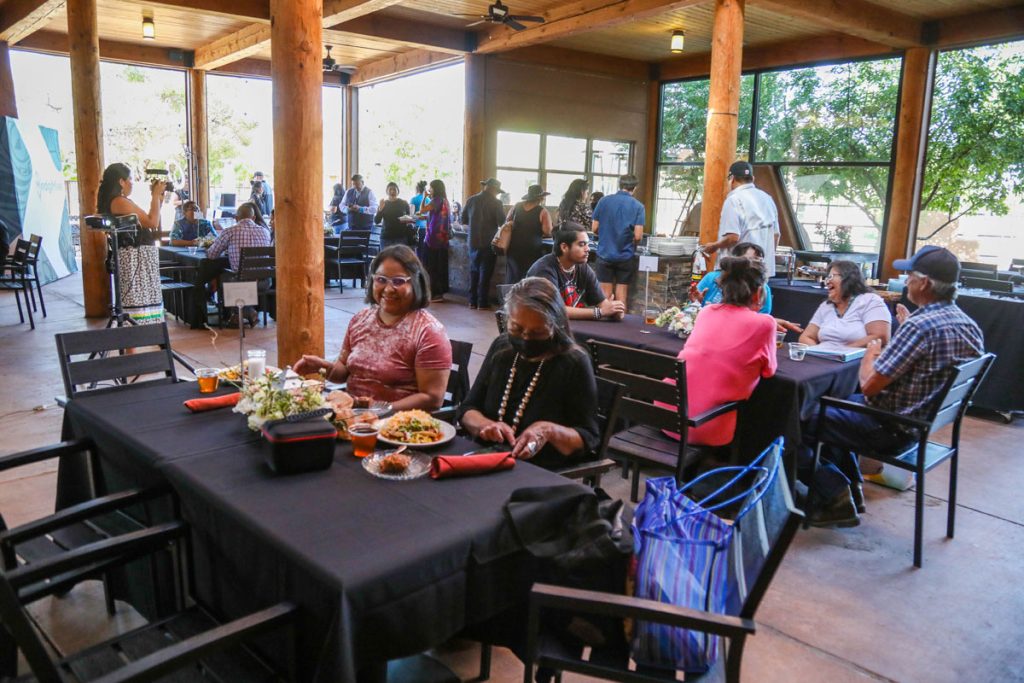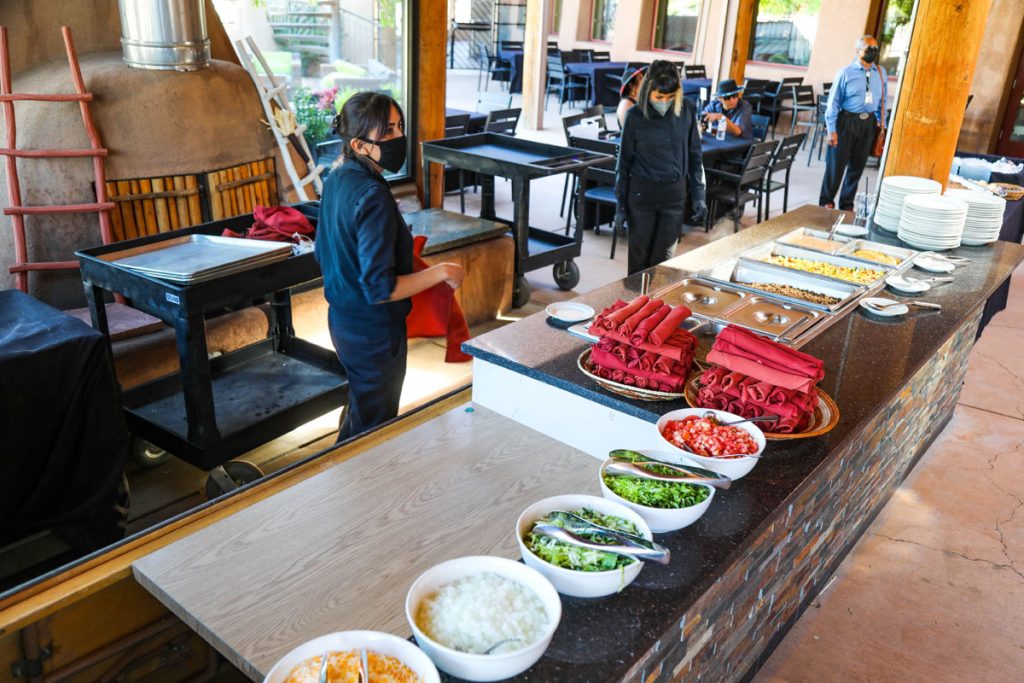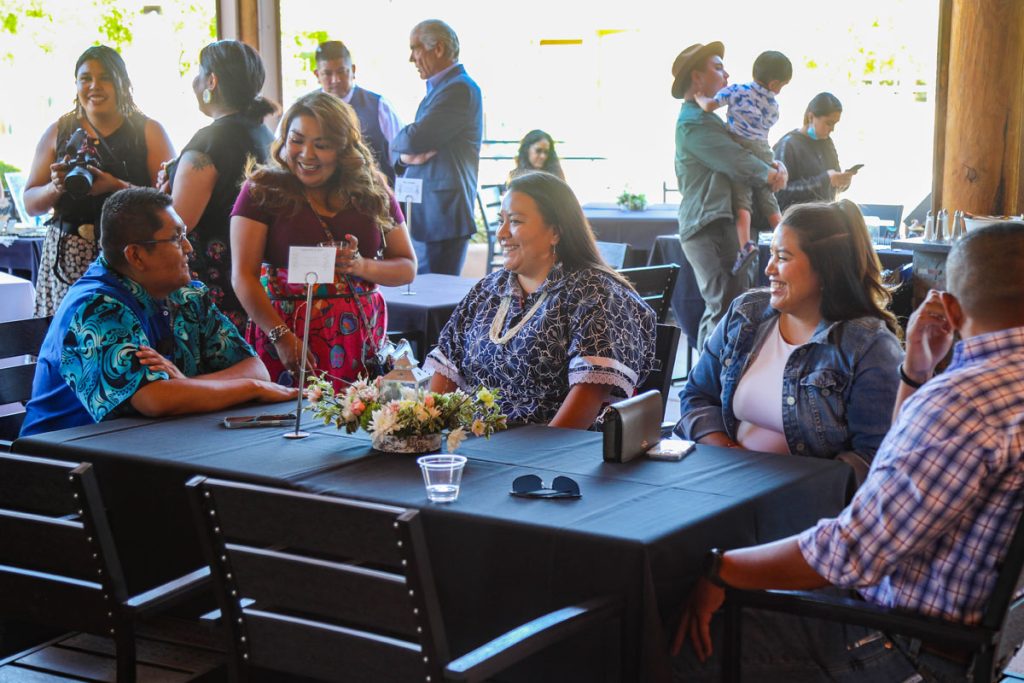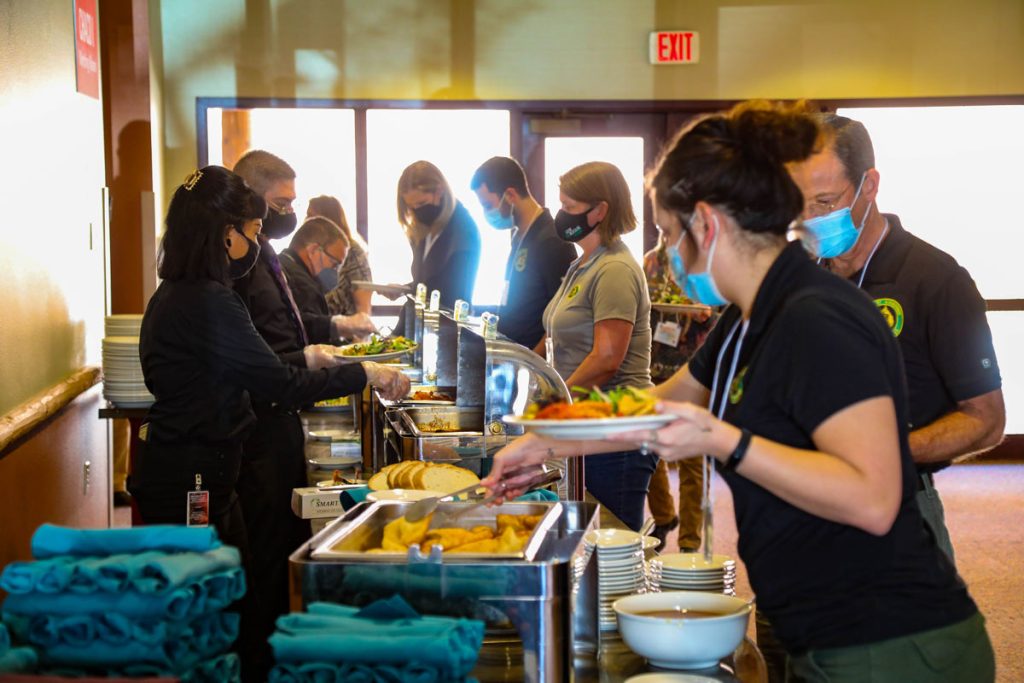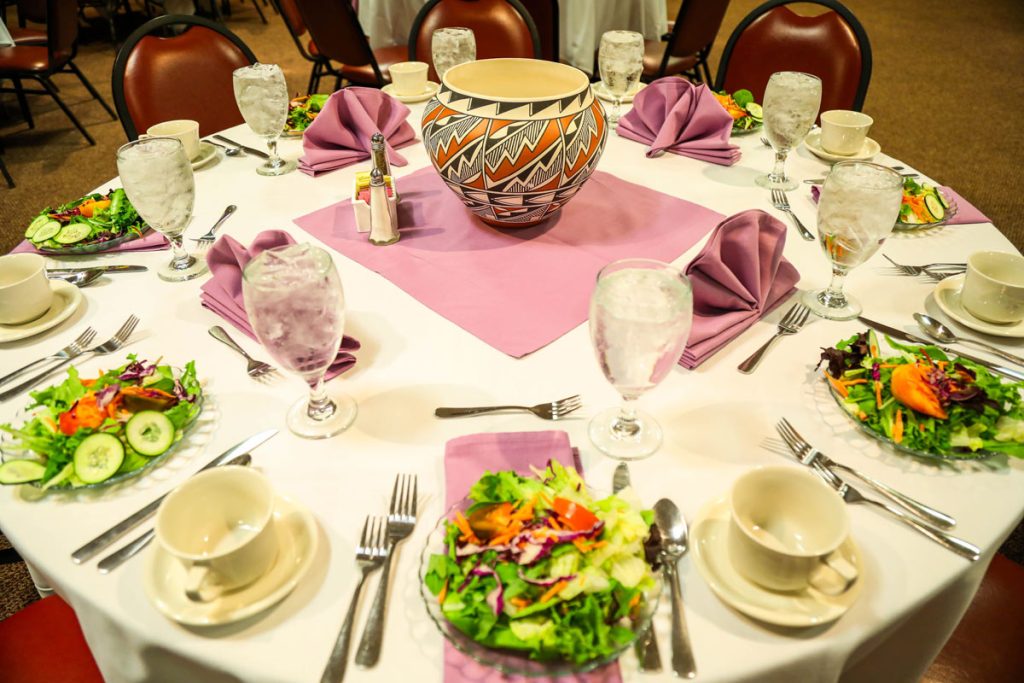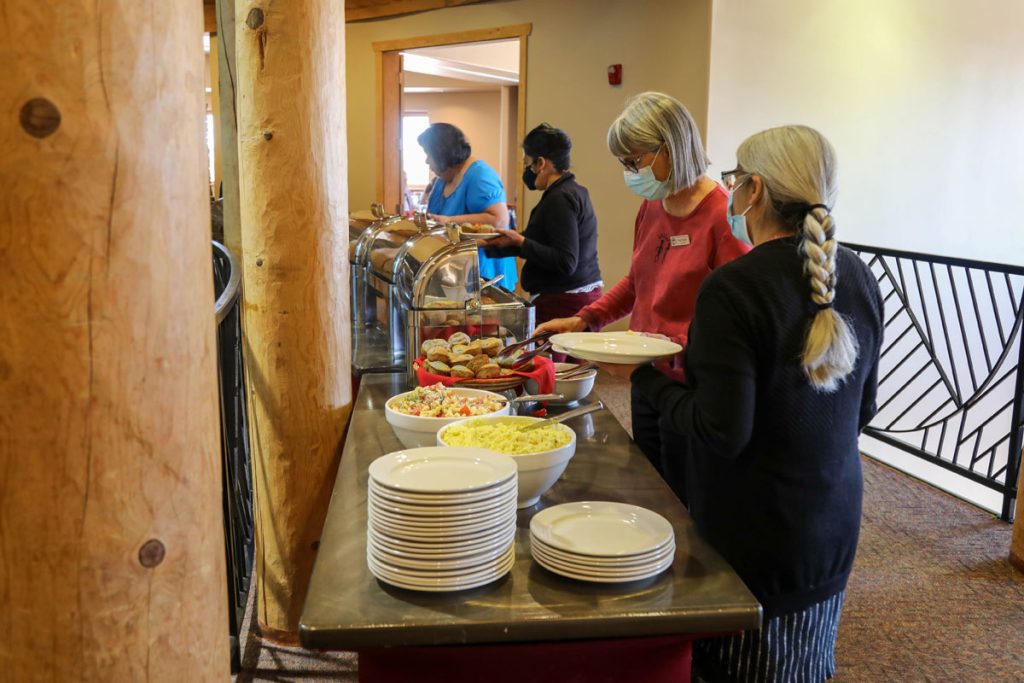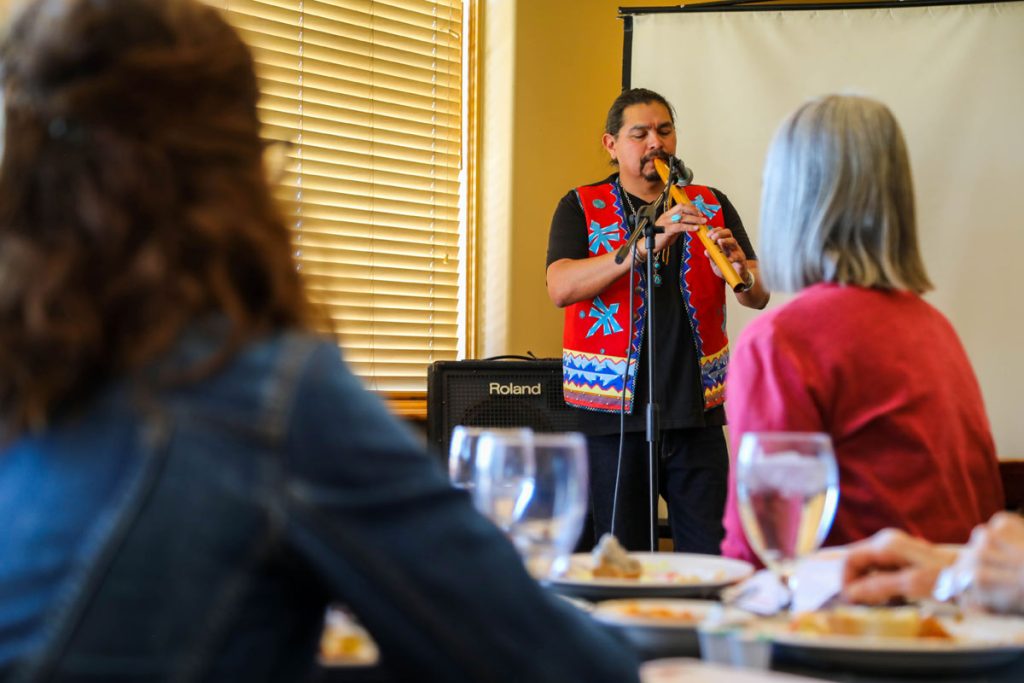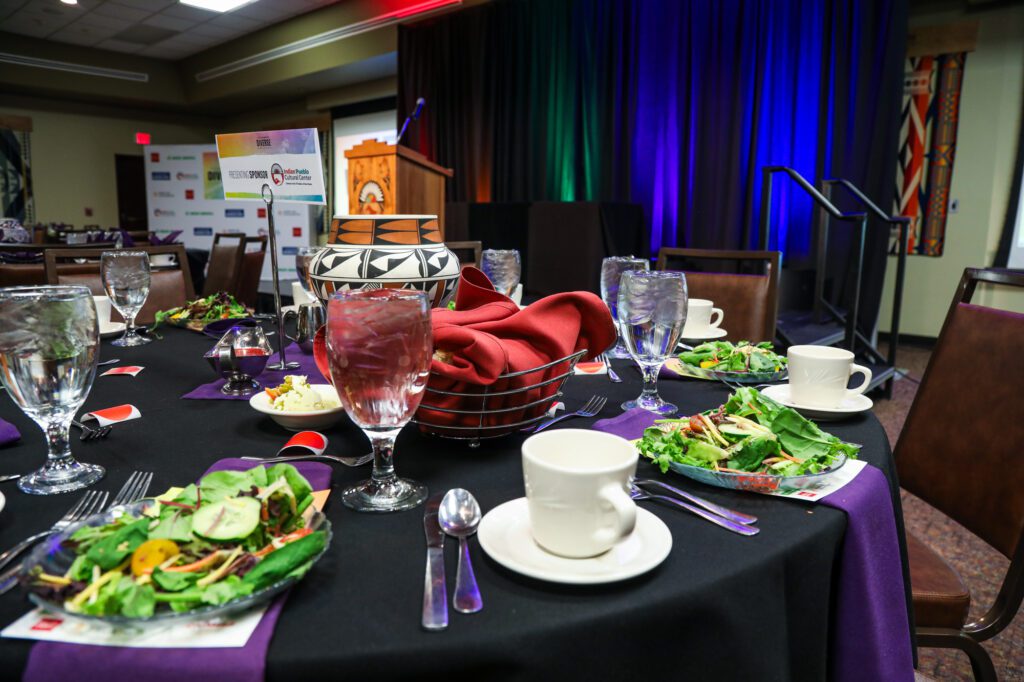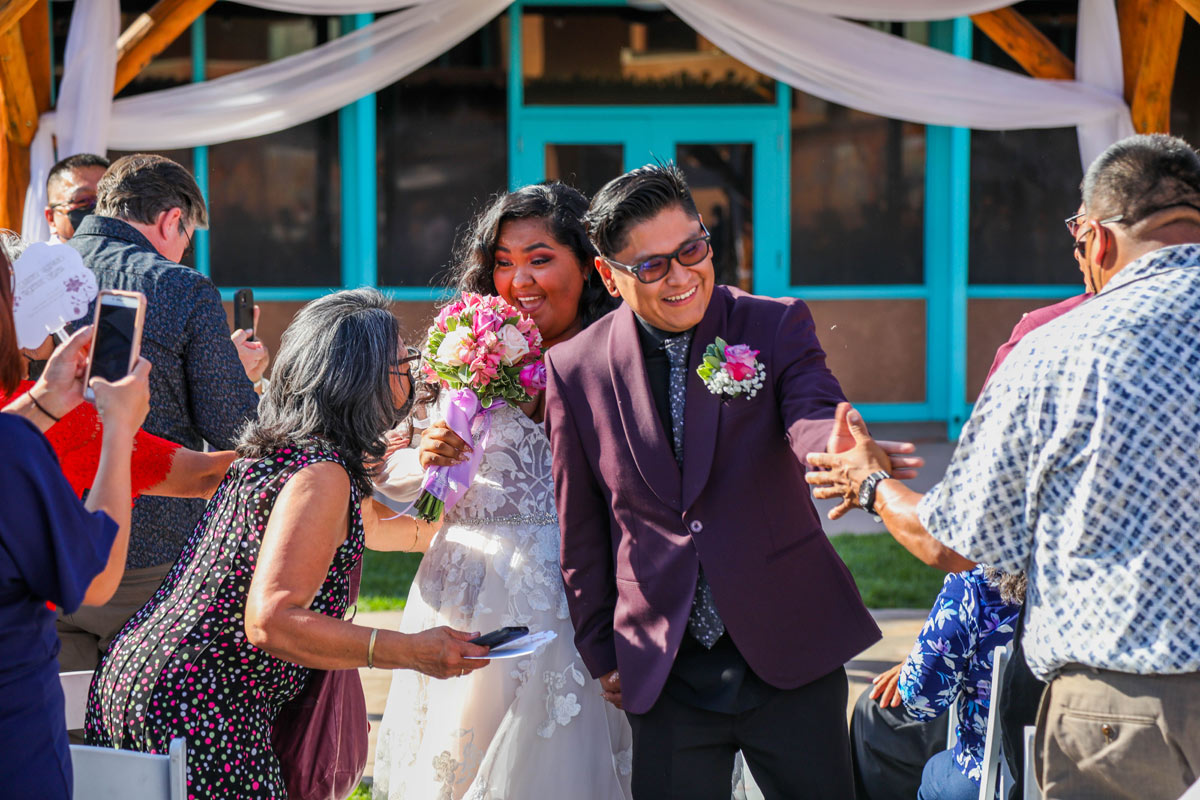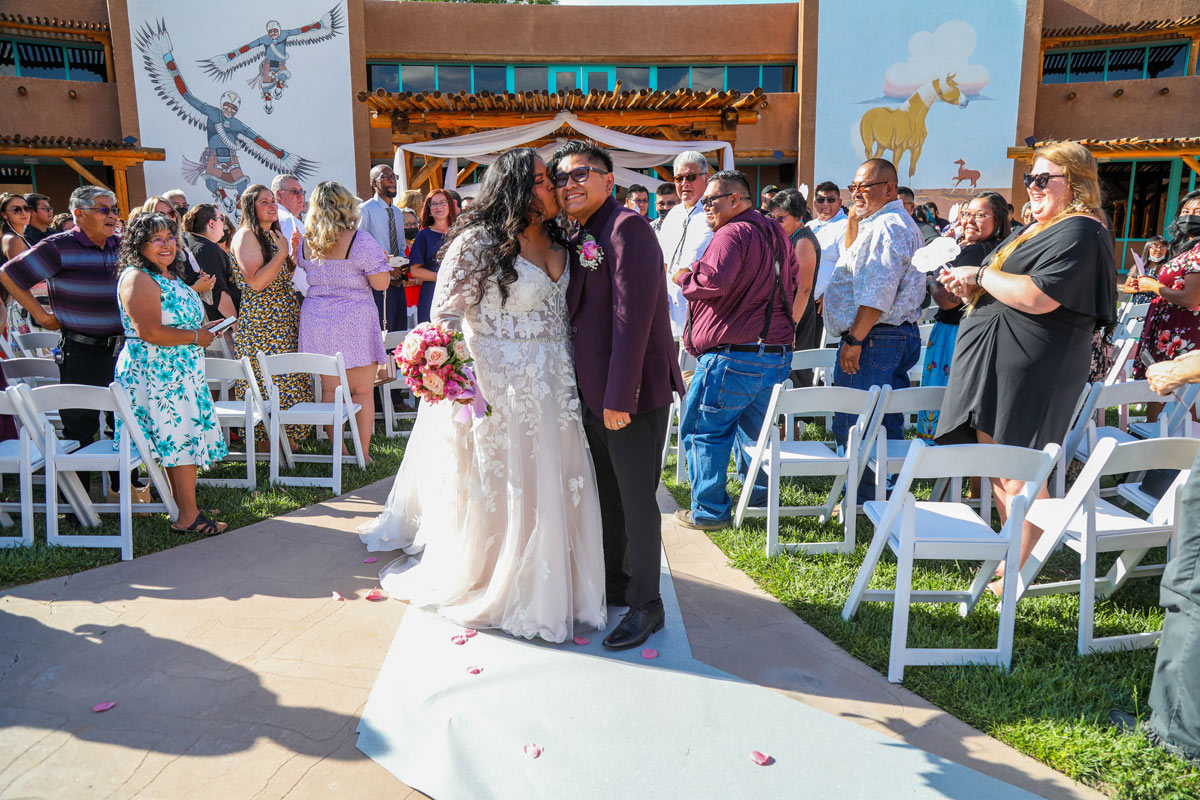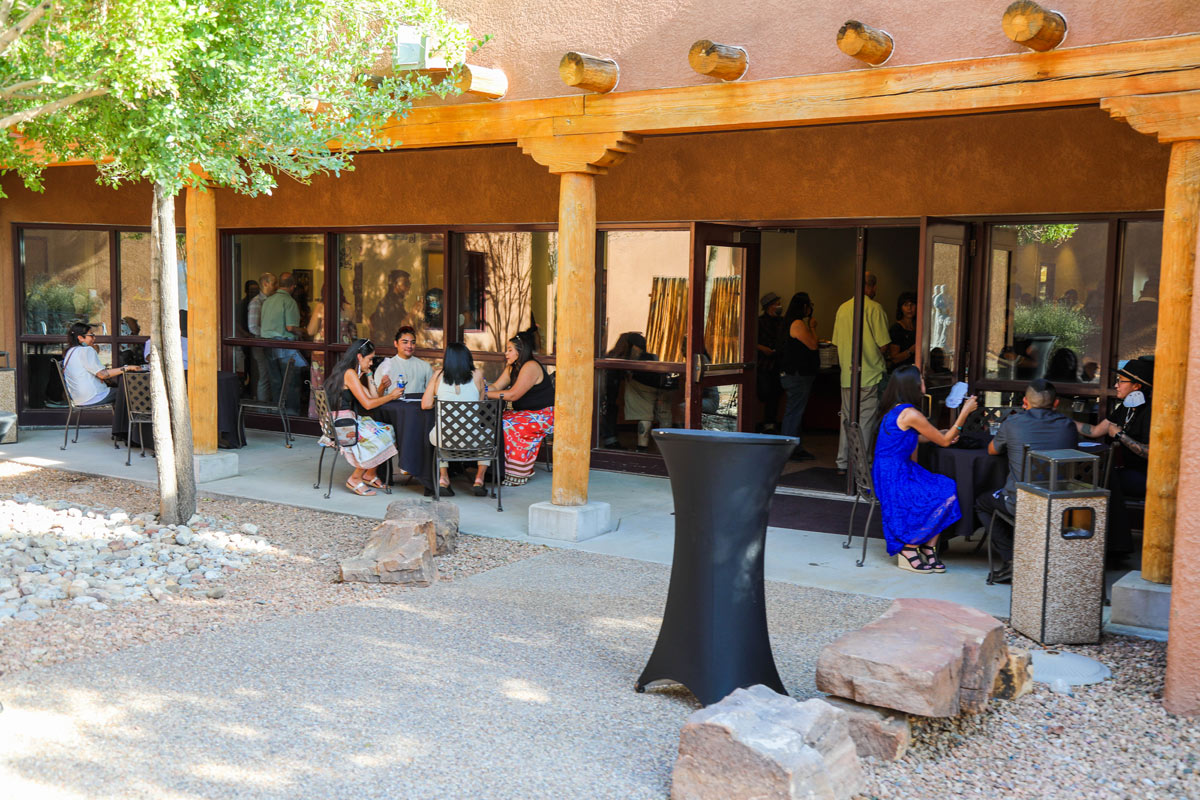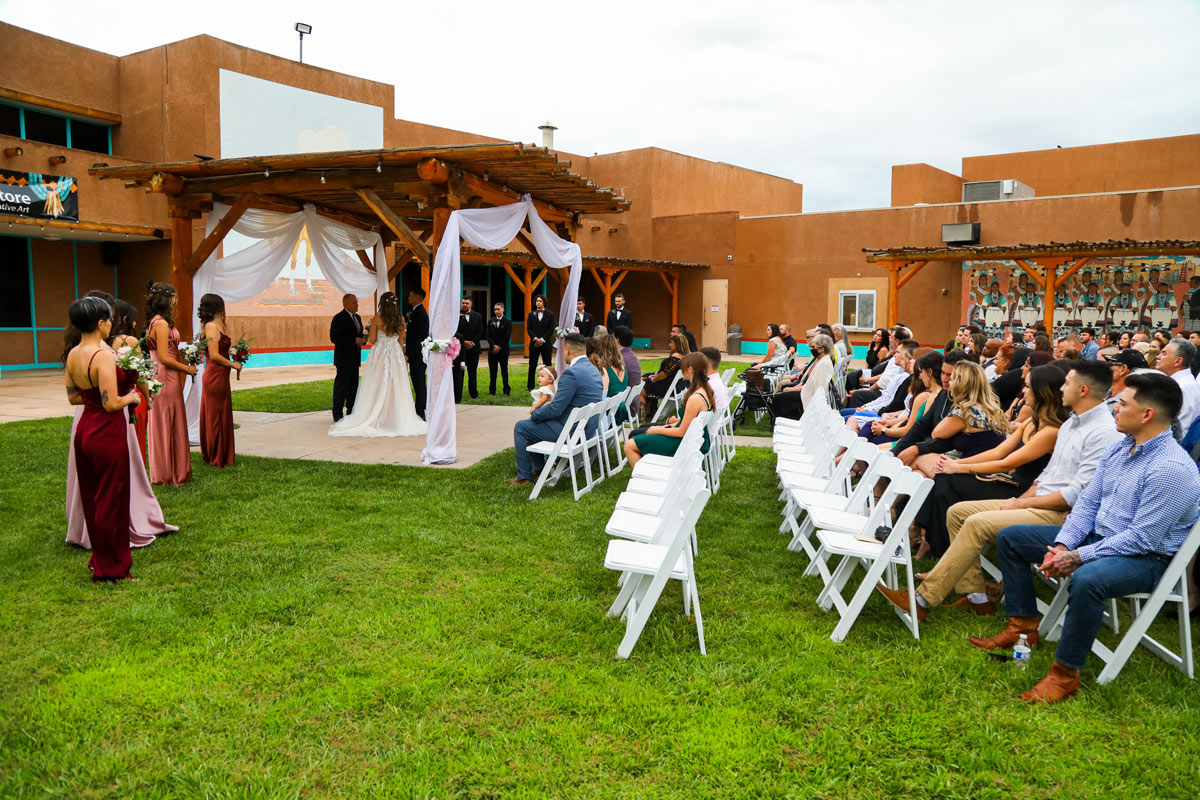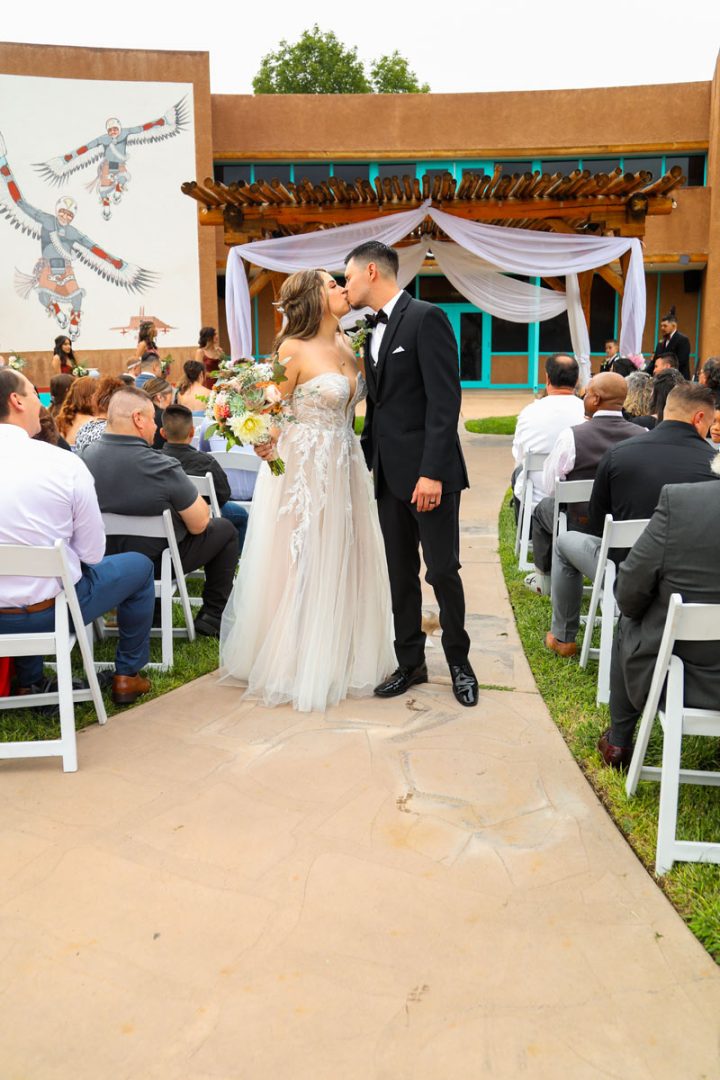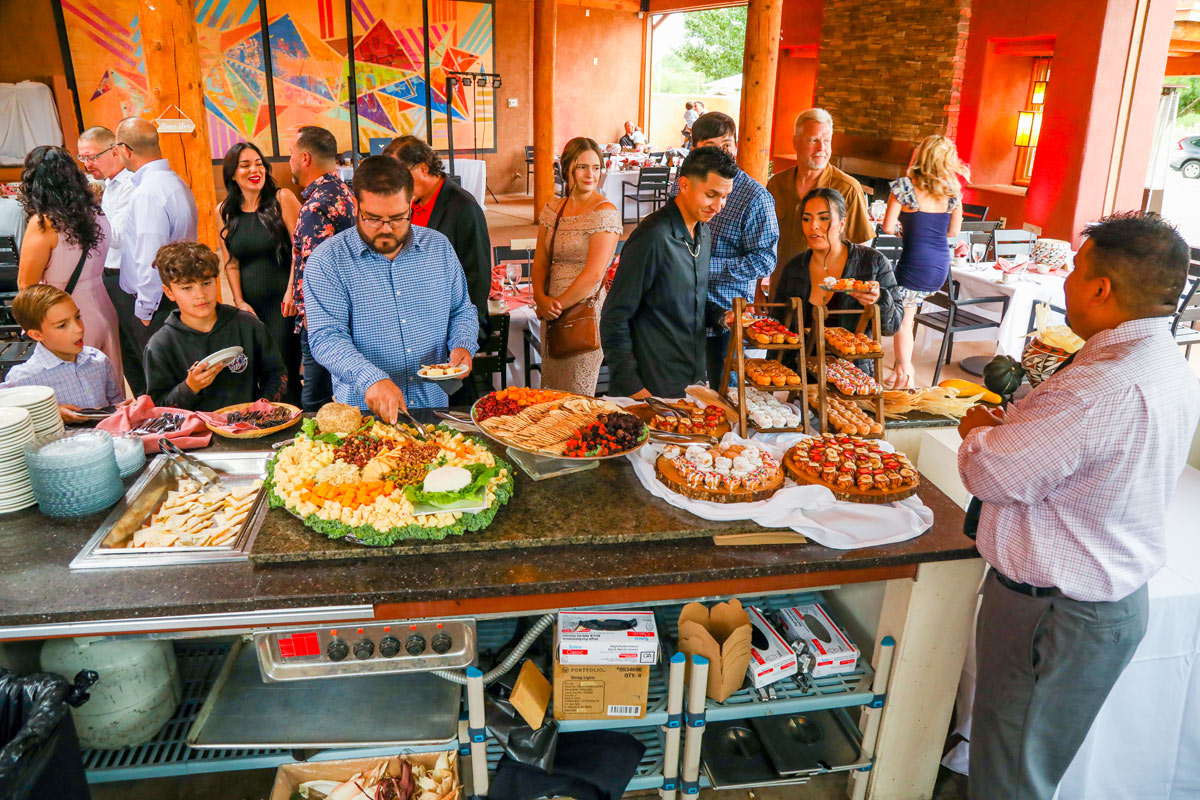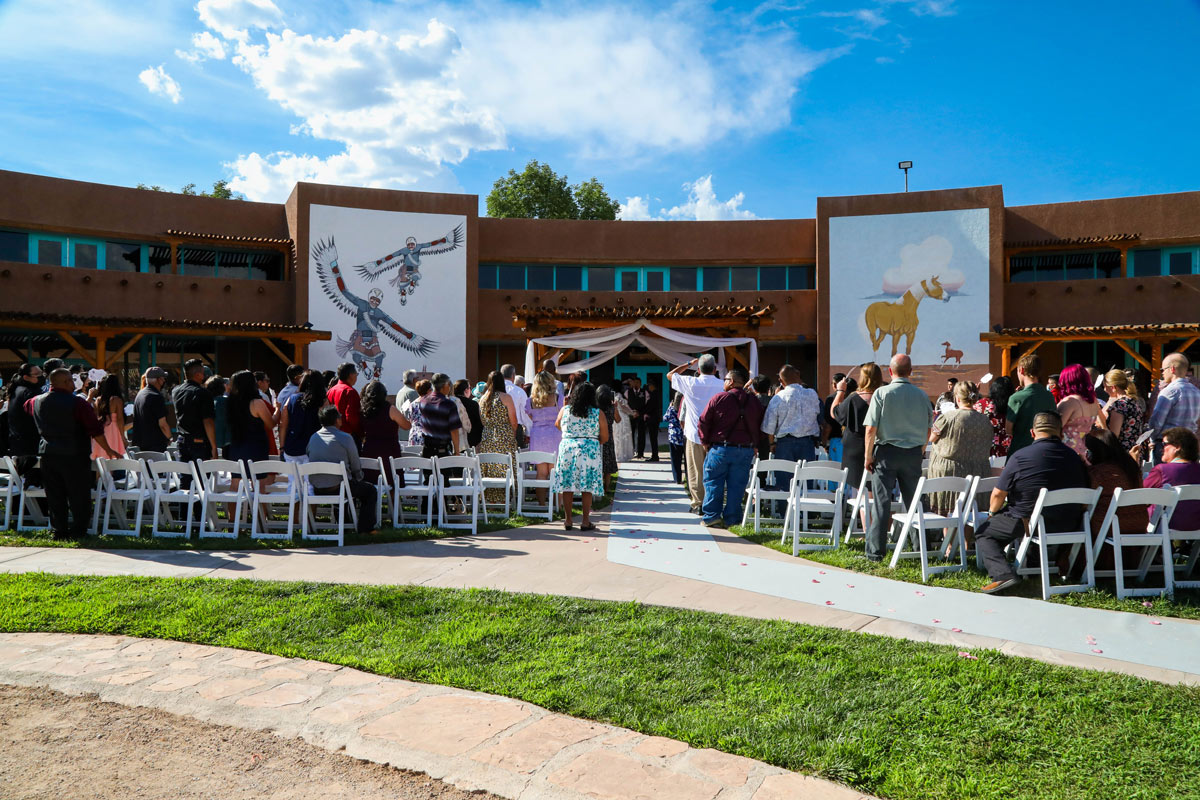Tribal Sovereignty
January 5, 2022
Welcome to a New Year! Tomorrow is Three Kings Day, a day of celebration for newly appointed or elected tribal leaders. Most Pueblos will have buffalo, deer, and eagle dances in honor of tribal officials.
Since time immemorial, each tribe has had its own tribal governance. In the Pueblos, the office of Governor was introduced by the Spaniards and is incorporated into the tribal governmental institution, along with Lt. Governor(s), fiscales, and sheriffs. Read the Jan 2021 blog about a trio of canes unique to Pueblo sovereignty and governance.
This month, the ICC blog gives an outline of tribal sovereignty, introduces the National Congress of the American Indians (NCAI), the National Indian Youth Council (NIYA), and offers reading suggestions.
Tribal Sovereignty
Sovereignty for tribes includes the right to establish their own form of government, determine membership requirements, enact legislation, and establish law enforcement and court systems. ~ National Conference of State Legislatures
Tribal sovereignty means that tribes have the right to make their own laws, rather than the state or federal government, and to be governed by those laws. Tribal sovereignty is not granted by any institution but, rather, a fundamental right. Since time immemorial, tribes had their own form of government. Tribal governments predate the United States and are the oldest government structures in the Americas.
Treaties are agreements made between sovereign nations. Treaties recognize the sovereignty of each nation and define how each nation will relate to other nations. (Uran) Colonists and leaders recognized tribal sovereignty as evidenced by treaties entered into with various tribes. The relationship between many tribes (nations) and the U.S. Federal government is based on treaties.
National Congress of American Indians (NCAI)
Founded in 1944, The National Congress of the American Indians (NCAI) is the oldest, largest, and most representative American Indian and Alaska Native (AIAN) organization that serves the interest of tribal governments and communities. The NCAI was established in response to termination and assimilation policies of the U.S. government forced upon tribes and in contradiction of treaty rights and the status of tribes as sovereign nations. The founding members – 80 delegates from 50 tribes and associations in 27 states – stressed a need for unity and cooperation among tribal governments.
NCAI advocates for future AIAN generations through lawsuits, recommendations, and advocacy, all meant to ensure tribal sovereignty and self-determination. The work of the NCAI has influenced the formation and work of other intertribal organizations and lobbying activities.
National Indian Youth Council
Established in 1961, the National Indian Youth Council, Inc. (NIYC) is the second oldest Native American organization in the U.S. Formed by students in the early 1960s, the NIYC was primarily an Indian civil rights organization. In the 1970s, NIYC work centered around environmental concerns affecting tribal communities.
The vison of NIYC is to empower Indigenous peoples and nation-builders to exercise self-determination while honoring Indigenous worldviews and experiences. Their mission is to foster self-determination of Indigenous people through: 1) economic sovereignty; 2) cultural flourishing; 3) political resilience; and 4) community well-being.
NIYC is a member of the United Nations impacting the rights of Indigenous peoples. NIYC participated in hearings before the U.S. Commission on Civil Rights regarding health disparities for Native Americans and the health care of urban Natives. NIYC has also testified on educational issues and barriers.
Books

The National Congress of American Indians (NCAI) is one of the most important intertribal political organizations of the twentieth century. It has played a crucial role in stimulating Native political awareness and activism, providing a forum for debates on vital issues affecting reservations and tribes, overseeing litigation efforts, and organizing lobbying activities in Washington. Prior to the emergence of other intertribal political groups in the 1960s, the NCAI was the primary political instrument for Native lobbying and resistance. It fought against government efforts to terminate the reservation system, worked to create the Indian Claims Commission, protected the rights of Alaskan Natives, and secured voting and Social Security rights for Native peoples. The NCAI continues today, as in the past, to steer a moderate political course, bringing together and representing a wide range of Native peoples.
This is the first full-length history of the NCAI. Drawing upon newly available NCAI records and oral interviews with founding members, Thomas W. Cowger tells the story of the founding and critical first two decades of this important organization. He presents the many accomplishments of and great challenges to the NCAI, examines its role in the development of Native political activism, and explores its relationships to contemporaneous events such as the Cold War, McCarthyism, and the civil rights movement.
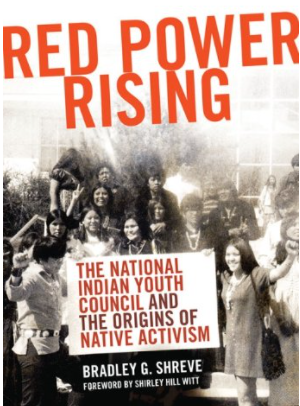
During the 1960s, American Indian youth were swept up in a movement called Red Power—a civil rights struggle fueled by intertribal activism. While some define the movement as militant and others see it as peaceful, there is one common assumption about its history: Red Power began with the Indian takeover of Alcatraz in 1969. Or did it?
Author Bradley G. Shreve sets the record straight by tracing the origins of Red Power further back in time: to the student activism of the National Indian Youth Council (NIYC), founded in Gallup, New Mexico, in 1961. Unlike other 1960s and ’70s activist groups that challenged the fundamental beliefs of their predecessors, the students who established the NIYC were determined to uphold the cultures and ideals of their elders, building on a tradition of pan-Indian organization dating back to the early twentieth century. Their cornerstone principles of tribal sovereignty, self determination, treaty rights, and cultural preservation helped ensure their survival, for in contrast to other activist groups that came and went, the NIYC is still in operation today.
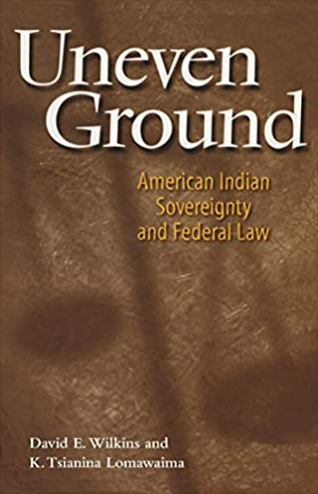
In the early 1970s, the federal government began recognizing self-determination for American Indian nations. As sovereign entities, Indian nations have been able to establish policies concerning health care, education, religious freedom, law enforcement, gaming, and taxation. Yet these gains have not gone unchallenged. Starting in the late 1980s, states have tried to regulate and profit from casino gambling on Indian lands. Treaty rights to hunt, fish, and gather remain hotly contested, and traditional religious practices have been denied protection. Tribal courts struggle with state and federal courts for jurisdiction. David E. Wilkins (Lumbee) and K. Tsianina Lomawaima (Muskogee – Creek) discuss how the political rights and sovereign status of Indian nations have variously been respected, ignored, terminated, and unilaterally modified by federal lawmakers as a result of the ambivalent political and legal status of tribes under western law.
References
National Governance Center. (2020, November 6). What is tribal sovereignty? [Video]. Youtube. https://www.youtube.com/watch?v=BOYcgvEU0V0
Ordway, D. M. (2021, July 18) What’s tribal sovereignty and what does it mean for Native Americans? The Journalist’s Resource. https://journalistsresource.org/politics-and-government/tribal-sovereignty-native-americans/
Uran, S. C. (2018, September 13). Professor breaks down sovereignty and explains its significance. Indian Country Today. https://indiancountrytoday.com/archive/professor-breaks-down-sovereignty-and-explains-its-significance
Washington Tribes. (2020, January 2). What is tribal sovereignty? https://www.youtube.com/watch?v=L2SiuV_X_ys&t=89s
*The term Indigenous is used broadly to include those labeled Native American, American Indian, Alaska Native, Hawaiian, First Nations, Aboriginal, and others such as the Sami (Finland) and Ainu (Japan). Native American and American Indian are used interchangeably in this blog.
About the Author
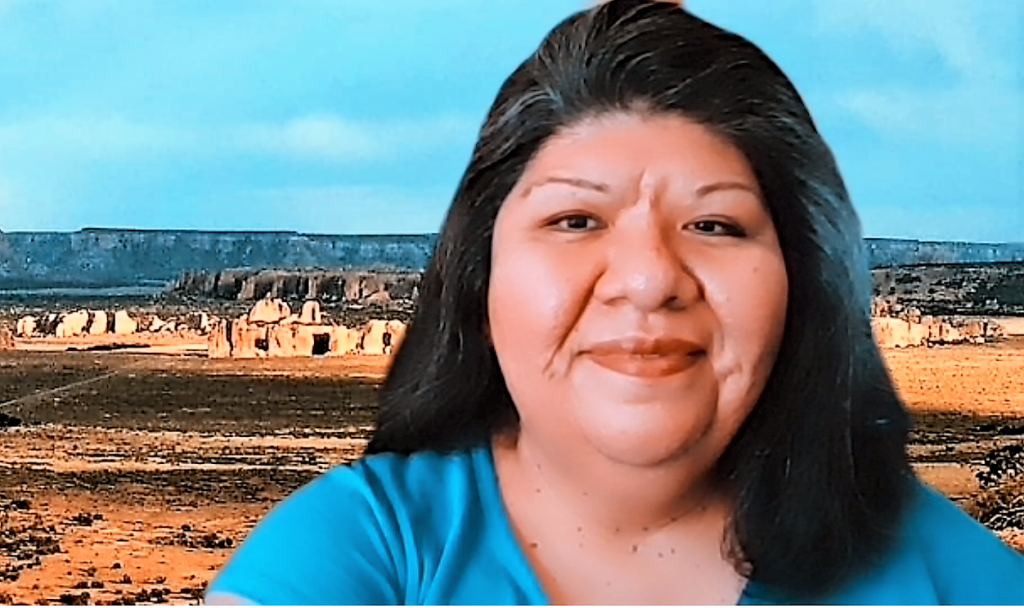
Jonna C. Paden, Librarian and Archivist, is a tribally enrolled member of Acoma Pueblo. As part of the Circle of Learning cohort, she holds a Masters in Library and Information Science from San José State University where she focused on the career pathway of Archives and Records Management. She is also the archivist for the New Mexico Library Association (NMLA) and previous (2020) and current Chair for the New Mexico Library Association (NMLA) Native American Libraries – Special Interest Group (NALSIG).
